By Cashmere Morley
In the heart of Ypsilanti is an artist’s studio that feels, at times, both rooted in the future and the past. Glass eyes of various colors stare at you from every direction. Dentures riveted into metal figures bare wild grins. There is a nostalgia here; a feeling of things lost and found again. But there is also a sense of creation, of assemblage. It is a peek into a modern-day Dr. Frankenstein’s mind. A human-meets-robot dreamscape brought to life in rivets and metal. This is Cre Fuller’s studio.
Christopher “Cre” Fuller, 46, didn’t plan on building tin creations for a living. In fact, when he graduated from Mt. Pleasant High School, he went into building chimneys with his father, and later, working at Whole Foods when he moved to Ann Arbor in 1997.
“Like most corporate jobs, it could be frustrating, but I valued my time there,” Fuller said. “From there, I went to Plum Market, in a similar capacity, and tried my hand at the wholesale racket. I’m good at helping people and being honest and genuine. Wholesale was a bit of a smarmy… you kind of have to be greasy. And I wasn’t good at that.”
But he was good with his hands. After saving money and leaving that job to invest in himself and his art, Fuller decided to spend time chasing after a job that would be more fulfilling.
“I think I’d had every creative hobby under the sun. Around 2000, when I bought the house I still currently own, I spent all my money on the house, so I just needed an art. I had seen things around, you know, people making humans and robots out of junk and trash and whatnot, so I just decided to try my hand at it.” The first robot Fuller created was around 2000, 2001. To date, Fuller guesses he’s built around 600 robots. He’s best known as the guy that makes the “Tin Angry Men,” a name he’s trying to distance himself from. His web presence only bares his name, and no mention of the moniker, since Fuller doesn’t feel it fits his creations anymore.
“At the time, I set up a little spare bedroom for all my glasswork and jewelry making. As I went along, I would make these little robot creations. I never took it too seriously. They were just little gag gifts and things like that.” Fuller said. “But I’ve always liked taking things apart, as a little kid, seeing how the guts work. What does what. So taking things apart wasn’t a stretch for me. And then just kind of reimagining what those parts could be once you have them unassembled, or disassociated from their previous purpose, whatever that purpose was,” Fuller said.
“I tend to gravitate toward vintage aluminum, I can get the look of it that I want, I can either keep it brushed and have it kind of dull and matted, or I can polish it, into a chrome-like shine. It has that mid-century vintage feel already, and a lot of the things I prefer to use, is early century stuff.”
Fuller frequents places like Recycle Ann arbor, and local antique shops to find his goods, though he admits it’s been a bit harder to find pieces as of late since he’s “depleted the local supply.”
The Ann Arbor/Ypsilanti area welcomed him and his creations with open arms. “In Ann Arbor, people value art,” Fuller said. “And in its soul, it’s got people that respect and applaud the art. Ypsi has this humongous heartbeat of art and people who appreciate and applaud it.”
His work can be assembled quickly, if Fuller has the right parts.
“If I have all the stuff just sitting there, I can get a simple piece done in a day,” Fuller said. “Taking the time to let paint dry, and to let glass eyes cool, I can get a small piece done in a day. But sometimes, I’ve searched for those parts for a year. A huge component of this, of any assemblage artist, is their pile of goodies.”
While he does consider a lot of his work as “assemblage,” Fuller also admits that not all of his work falls under that category in art shows, so “found art sculpture” is also an acceptable way to describe what he creates.
If you look at his work, there’s a sense of past-meets-future. “I think I was just trying to make that ‘50s version of a future robot. You know? Certainly, a departure from the modern take of robots. That’s what I really wanted to do: [embody] the romance of the vision of the future. When I first started doing this, I wanted them to look like vintage robots from the future. Cross between a little bit Star Wars, a little bit Mystery Science Theatre. I was always a fan of MST. The guy just made robots from crap laying around the shop, and that’s exactly what the deal is over here.”
For a vision that personifies parts of the past, Fuller’s work seems to capture the minds of young and old in the present. “I was surprised by how much of the population were into robots: whether they knew they were, or they found out they were from looking at my work,” Fuller said. “Certainly, young kids, boys and girls, all love it. The lamps I make, I try to make them touch sensitive, to turn them on. The kids love that. So do comic book nerds, movie geeks, sci-fi people. I consider myself part of the tribe there.”
But his work doesn’t stop at robots. Fuller considers himself an artist and event-organizer, who describes himself as a “jack of all trades, who can handle just about anything,” with other projects including Dypsi, an indie art far in Ypsilanti, and simple, vintage-looking light up signs for personal use as well as business. Fuller has made signs for Side Tracks and Wurst Bar in Ypsilanti.
Fuller said, “When I’m working on a piece, I like seeing the personality develop and unfold. Right when I’m done with one piece, I put it on a shelf, and I turn around and start on the next one. I like seeing them come to life. And I like moving on to the next one. And I like learning from the last one. I think it helps the evolutionary chart, if you line them all up, you can see how they all progress.”
One of Fuller’s muses is H.R. Giger, the Swiss artist most recognized for his work on the film Alien.
“He was just a weirdo and had a dark style, all that biotechnical stuff. It struck a chord with me as a kid.” Fuller said. “When I’m looking to build something, I’m looking for shapes, maybe some texture… just something I can remove from its original purpose and misplace it. Maybe I don’t see it right away, maybe later.”
As of late, his work has taken on a different feel, thanks to the glass eyes and dentures he’s inherited from friends, family, and locals who fell in love with his work.
“I started getting dental molds, plaster casts, usually used, all busted up,” Fuller said. “I think I was discussing this at one of my Dypsi shows, and one of the onlookers said, “Hey, I have some of my father’s old dentures. Would you like those?” and I’m guessing he doesn’t need them anymore… so I was like sure.”
Fuller said he hung onto those dentures for a few years as he gathered the right parts and pieces for the robot he wanted to make. “I waited until I had a couple of cool pieces to go with it because I thought those were special,” Fuller explained. “It helped normalize that person’s life.”
“People were like ‘what the hell is this guy doing?’” When I completed the piece with the dentures, it turned out really, really good. It was one of my favorite pieces. It was creepy, it was cool, I felt like I had made a complete piece. I was happy with it. I ended up finding her email, sending her a picture of the piece, telling her, ‘I finally got around to using your father’s dentures, I hope you approve, had a lot of fun…’ and she just loved it, her uncle ended up buying it for her. When I talked to her, she ended up sending me a picture of her father, and I swear to god it was so creepy, how much it looked exactly like him. It was an old man, bald, kind of gaunt, and that’s exactly how the piece ended up looking. I was like… get this thing out of here.”
But the dentures weren’t the beginning of wild part-human, part-machine creations. “The one with my aunt’s glass eyes, that was the precursor to starting to get really weird with it,” Fuller said. “My aunt has a glass eye, apparently you have to get them replaced because your physiology changes, so she has some glass eyes and I was like, “Aunt Sally, you have to give those to me,” because she was talking about throwing them away, I thought that was absolutely crazy, you don’t throw away glass eyes.” Fuller said. So he decided to incorporate them into his work.
“She’s tickled pink about me using it. It was the gateway of getting super weird. Then the teeth… the way the whole thing came together. Kismet-ly looking like him. That was probably the weirdest thing I’ve ever made.”
For Fuller, there’s a humanness to what he creates. “You can go online and buy [glass eyes or dentures] and there’s a million of them out there. But that’s not the point of what I do. I’ll search eBay for some stuff, but things like that I don’t want to buy. It’s not the point,” he said.
“The way I make something personal is like if you have a certain piece of kitchenware that grandma used to use. Something that has her soul in it. His or her soul. A lot of the times, I’ll find an old biscuit cutter where the wood’s all worn away. I just picture someone in the 50’s, 60’s, little old grannie or whoever, cutting biscuits out with love, wanting them for her family or grandchild, so that love, that energy is in that handle. When I look for pieces, I look for stuff like that. Pieces with scuff marks, the handle that has seen so many biscuits cut. It’s hard to make something look like someone, but there are ways to instill their soul in something.”
To see more of Cre Fuller’s work follow his Instagram @crefuller or visit him online at www.crefuller.com. Contact Fuller at tinangrymen@gmail.com
Related Content:















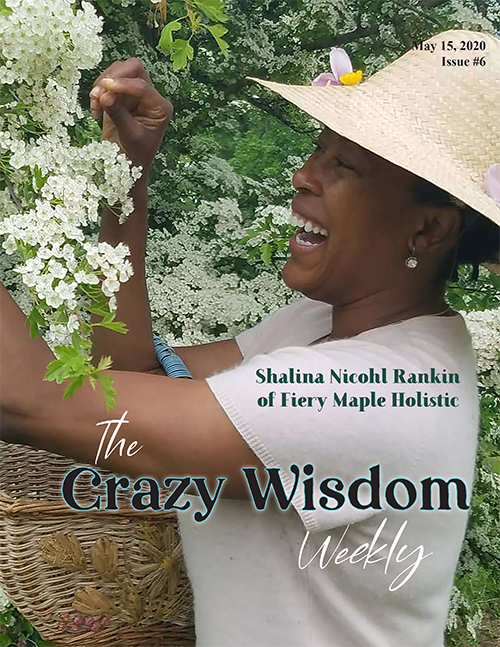
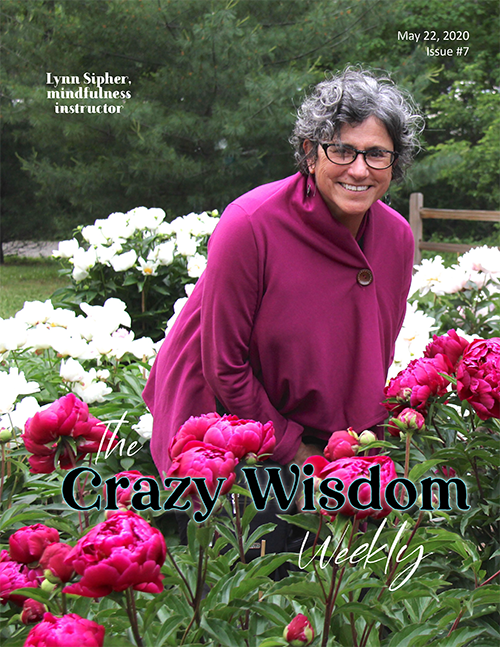



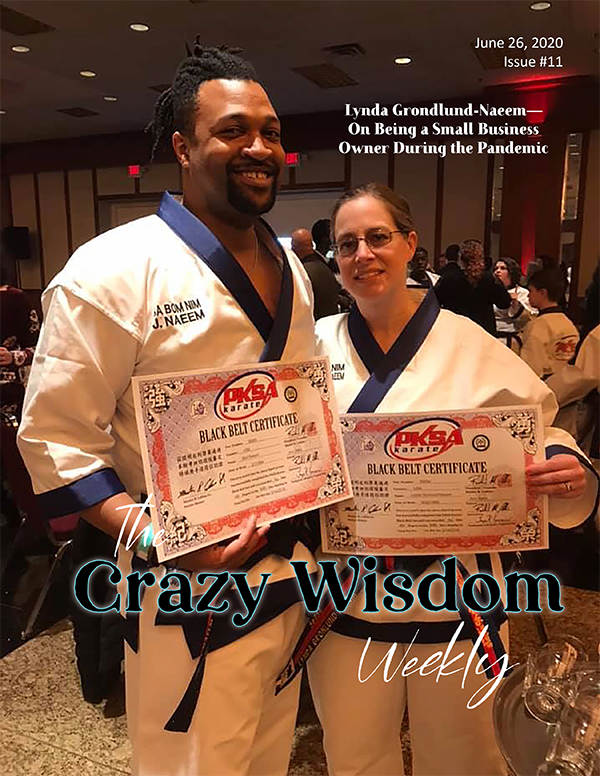
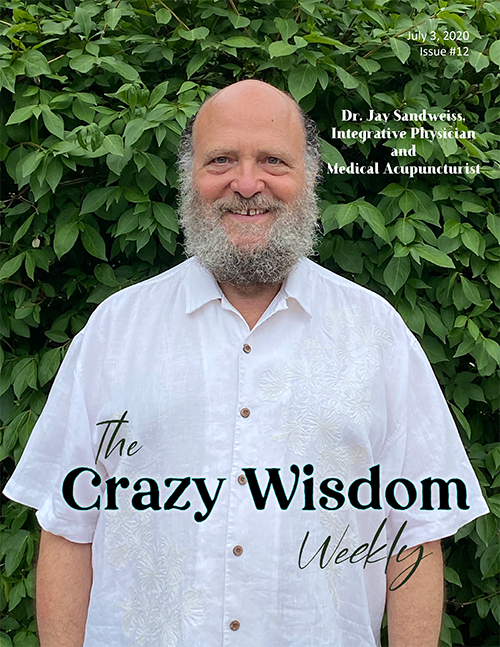
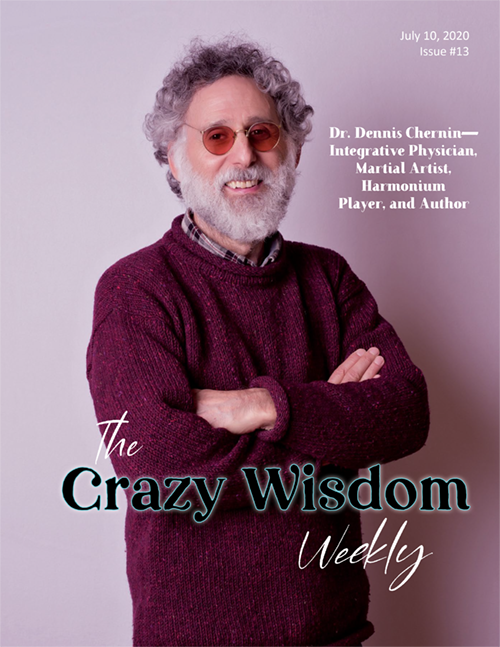
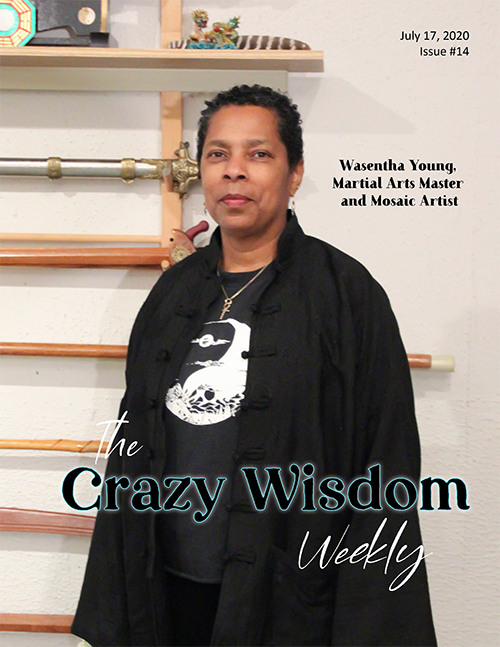
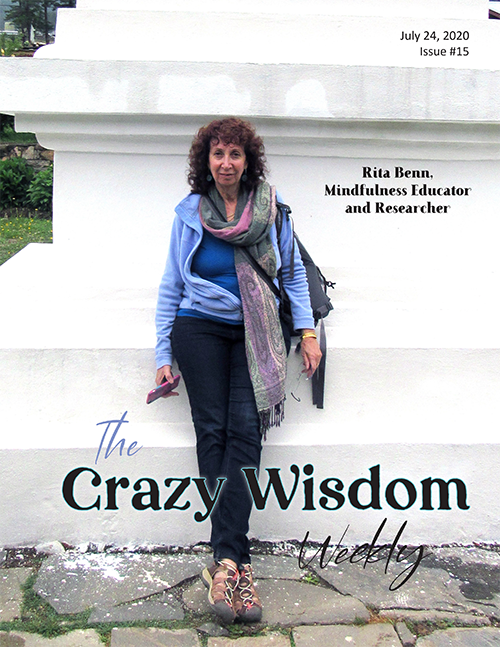



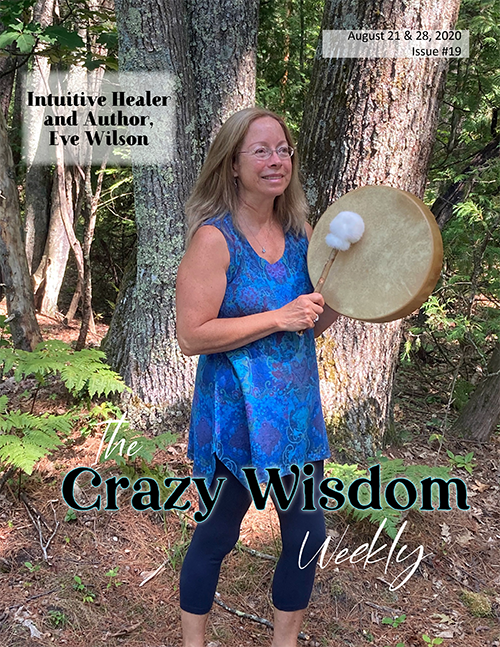



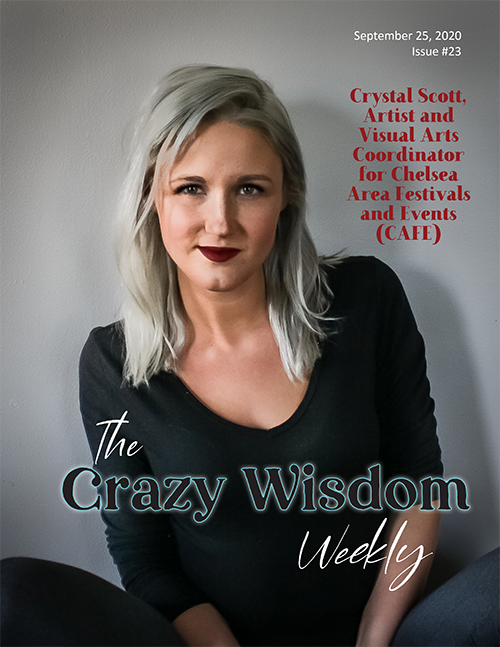

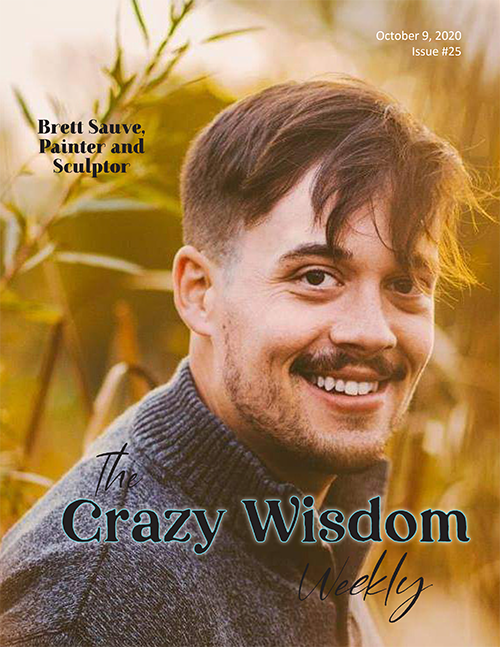
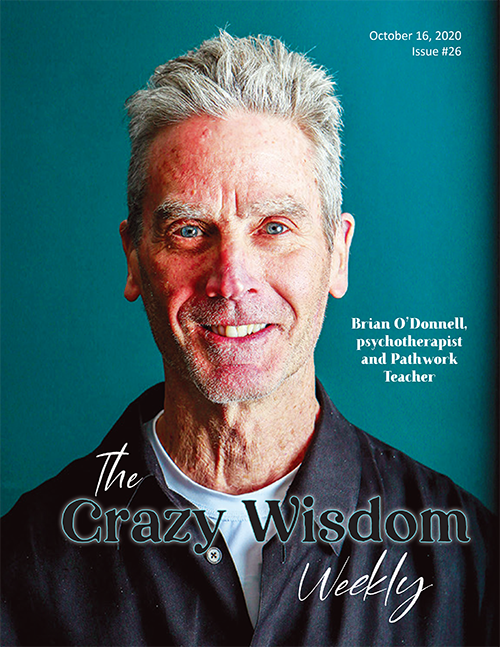

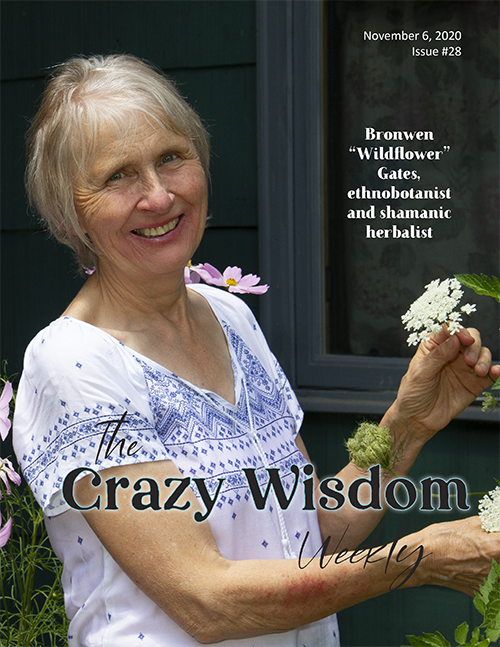
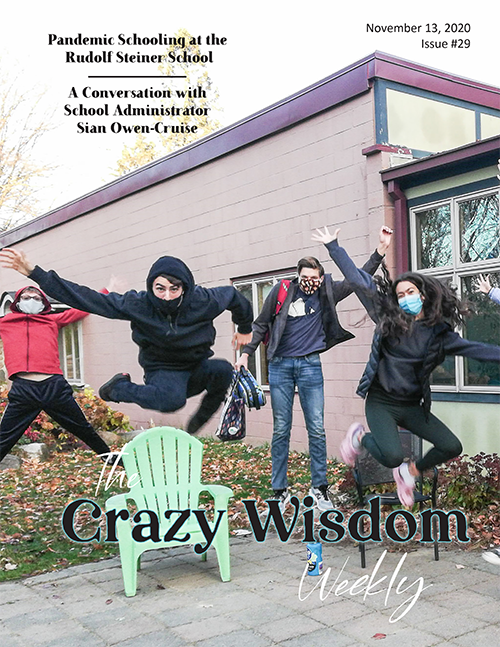
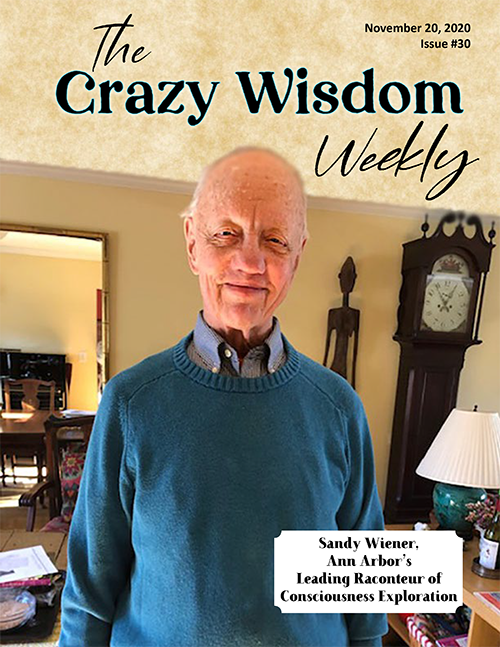
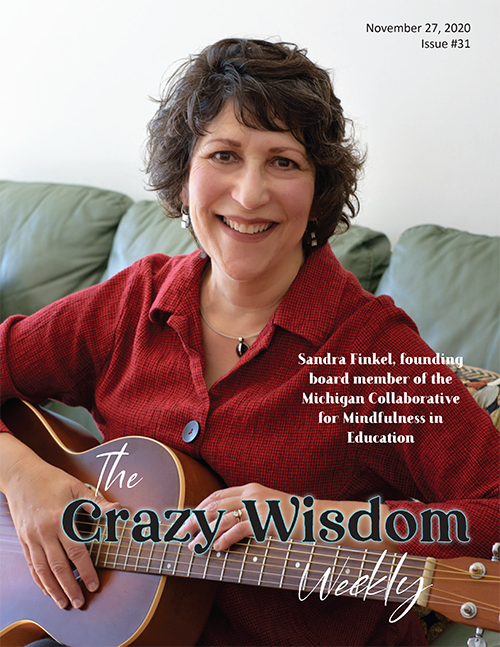
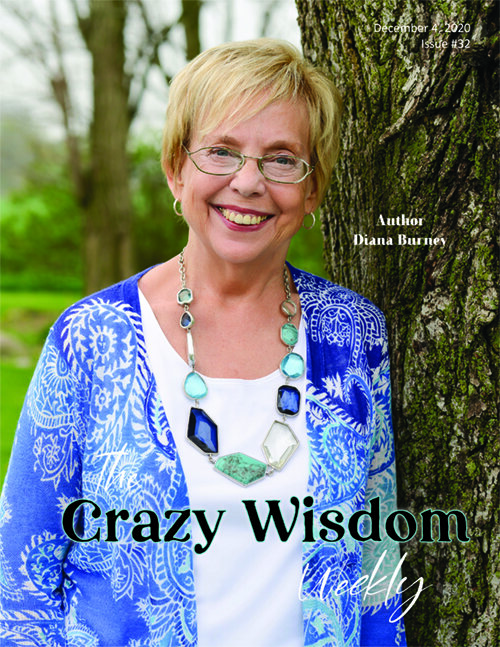

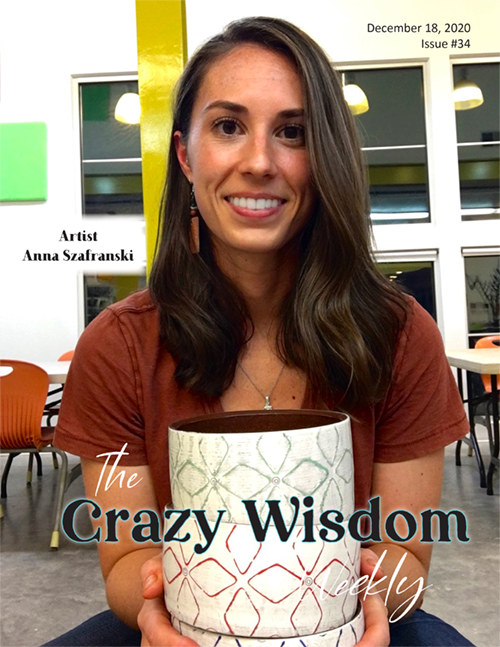


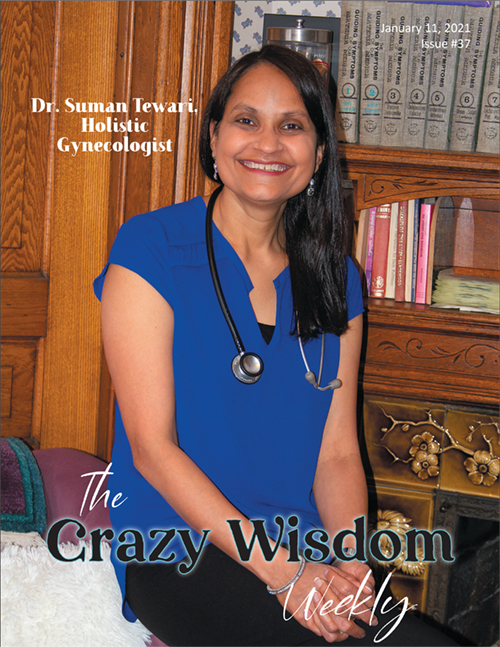






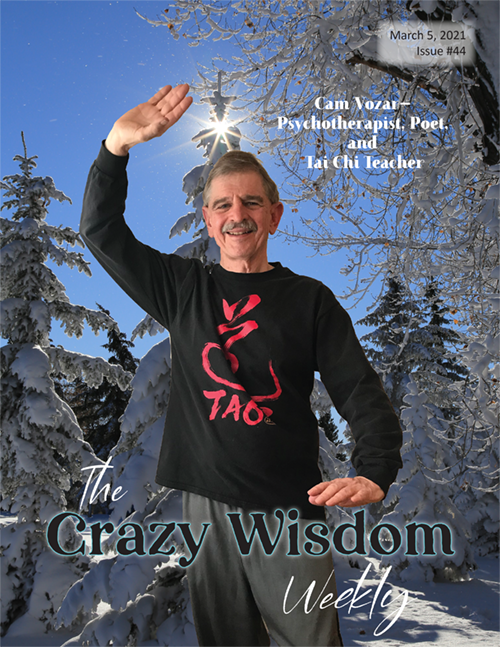


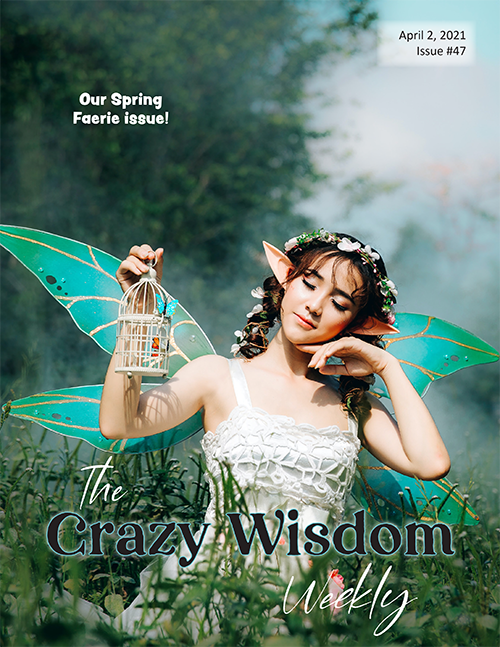
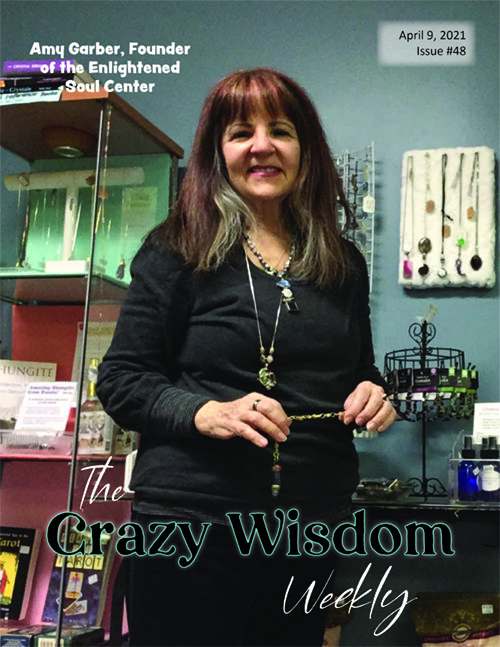

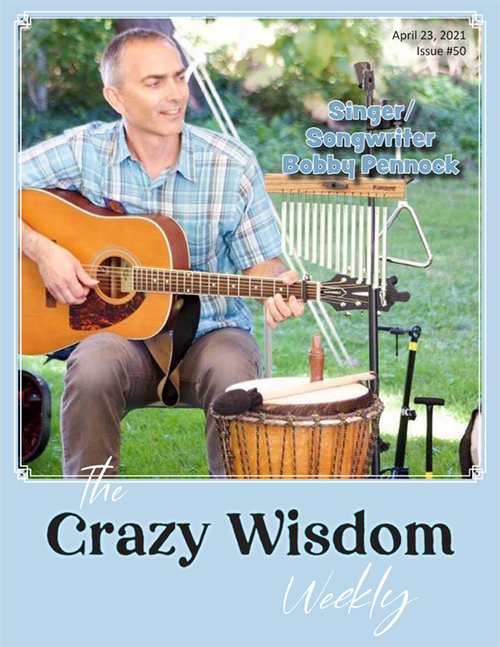
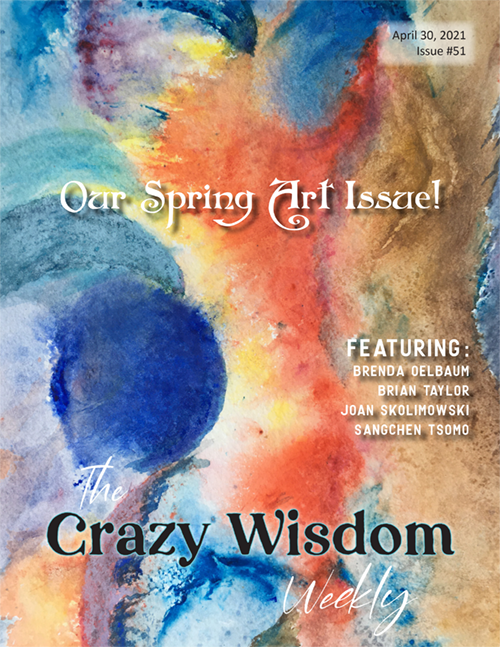




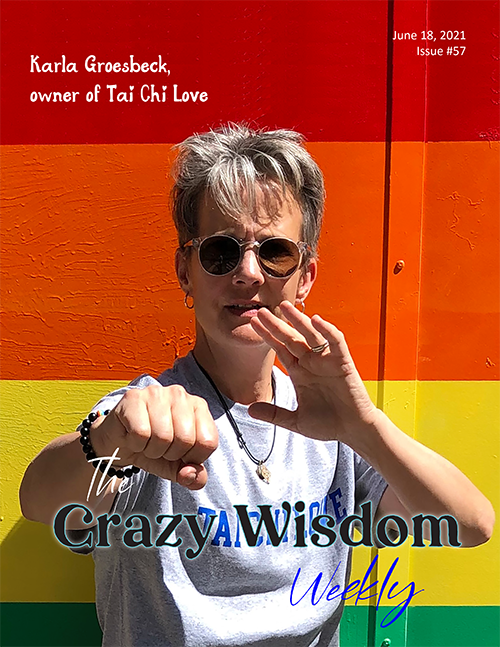

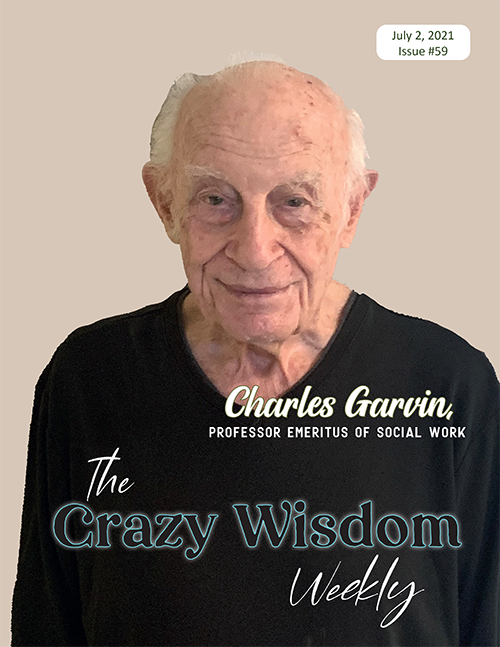



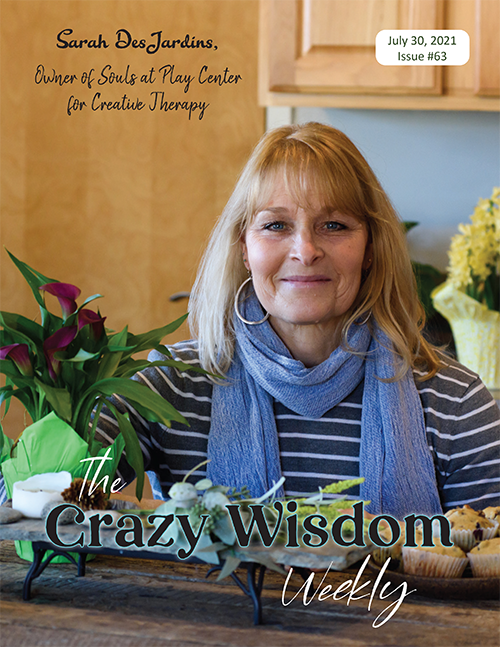
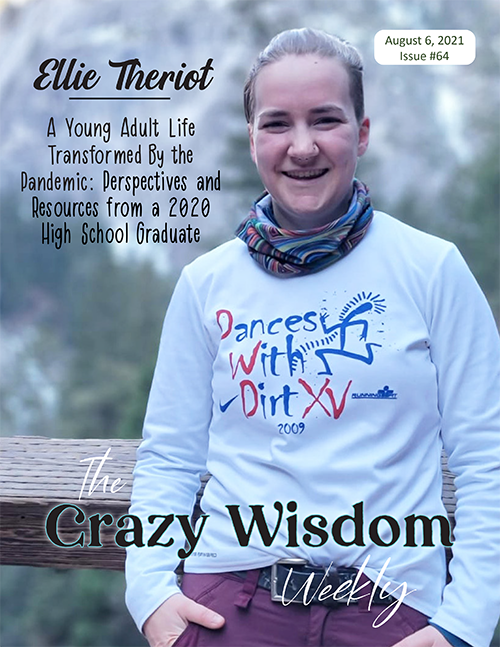


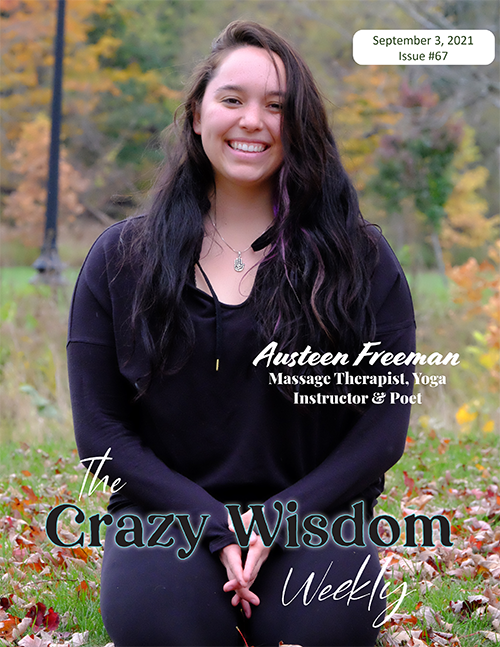




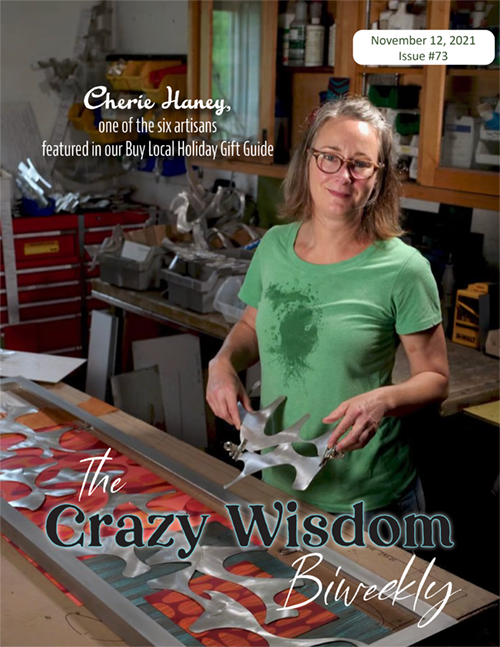






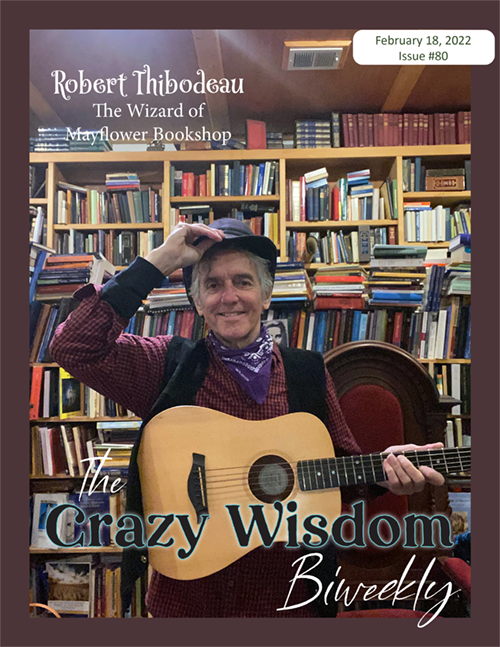

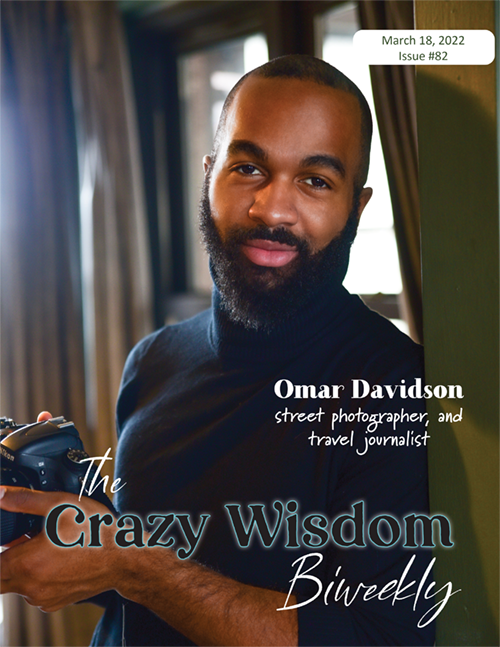
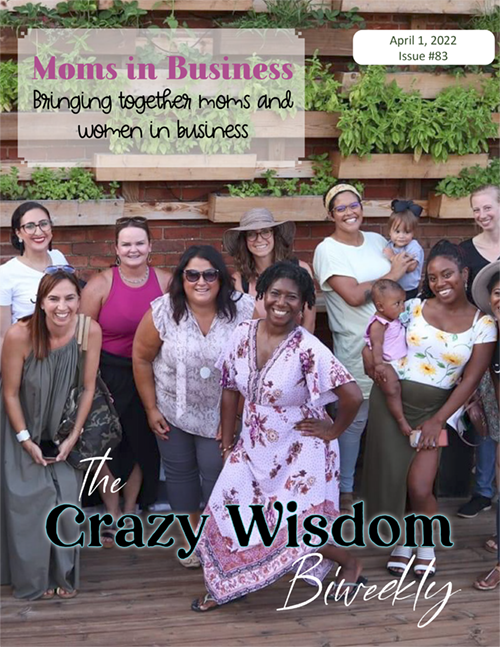




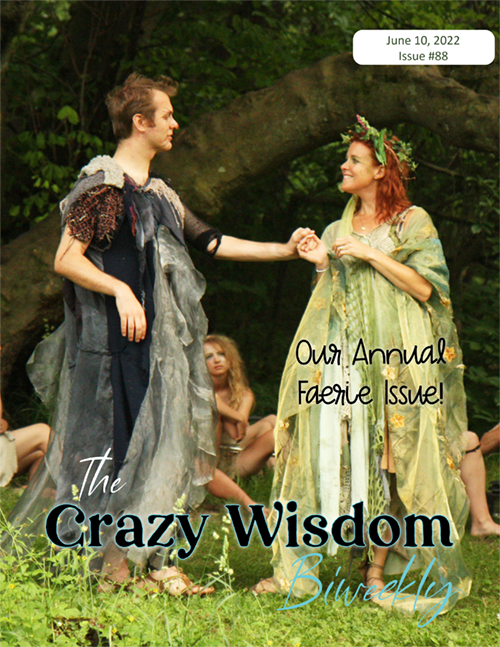


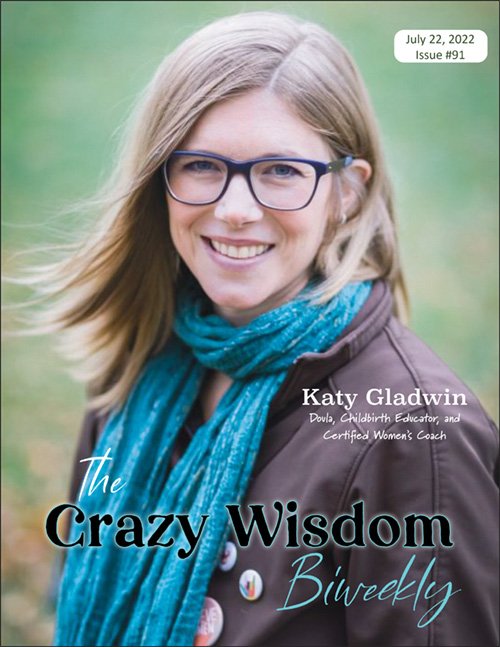
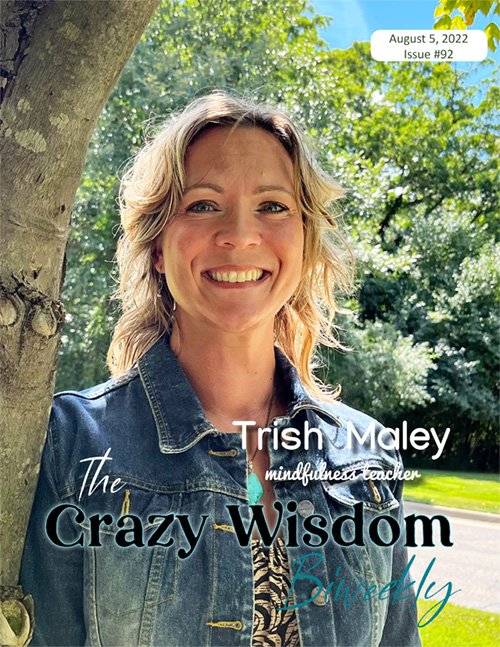
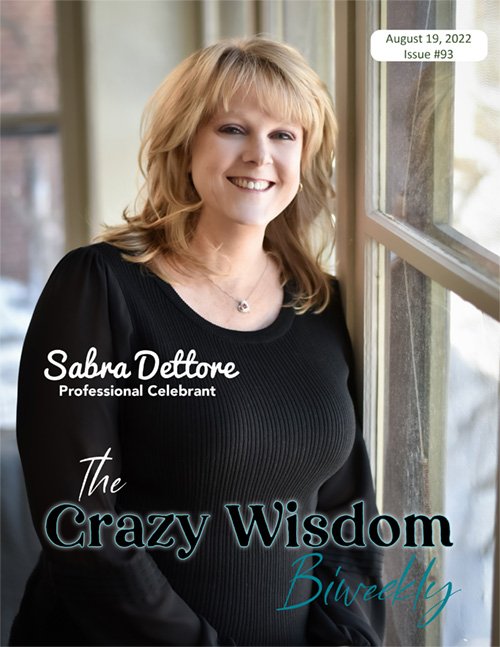

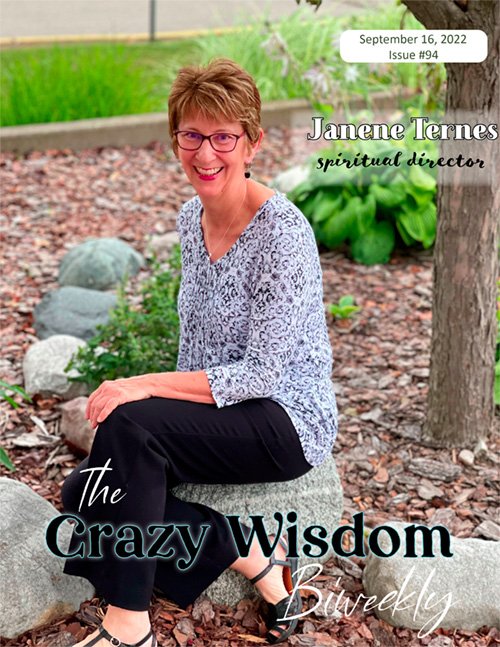
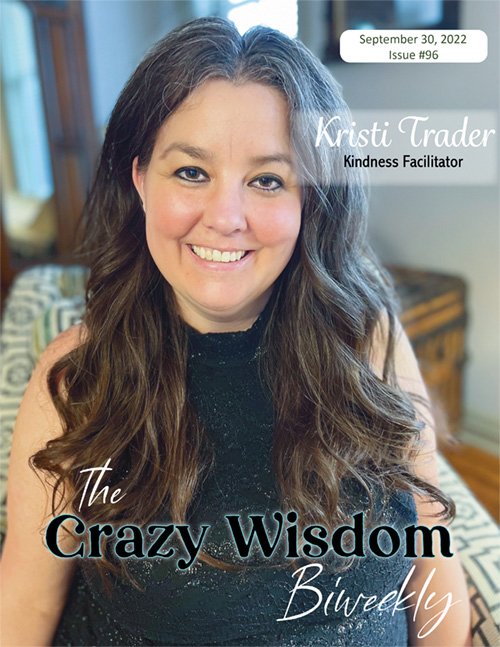
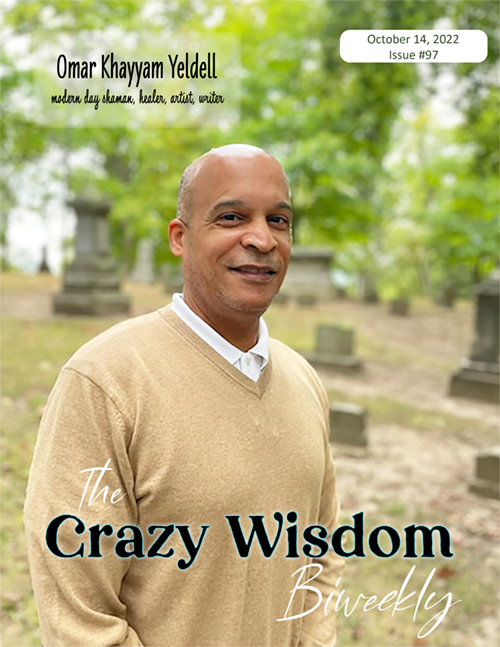


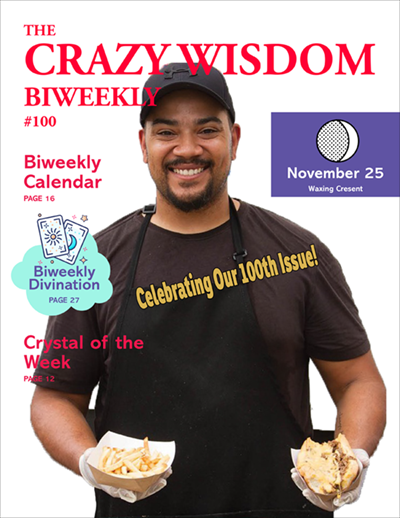









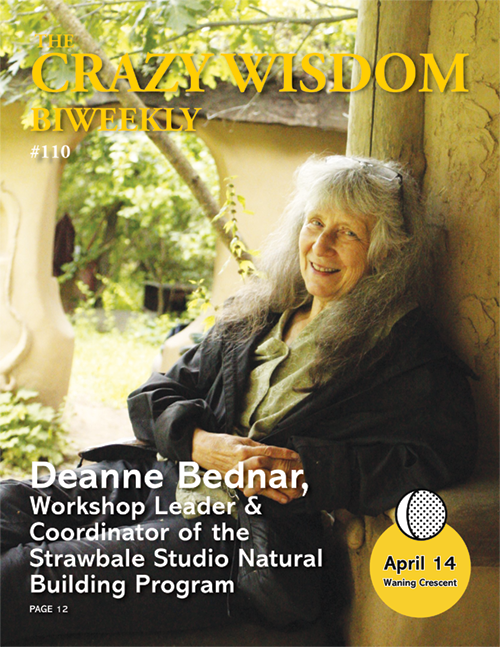
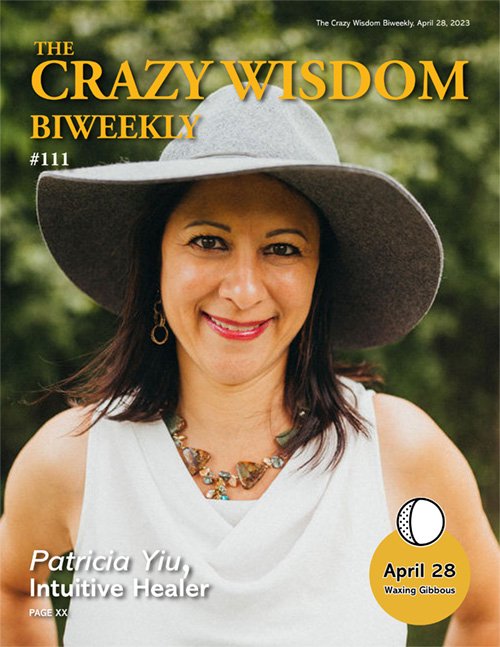
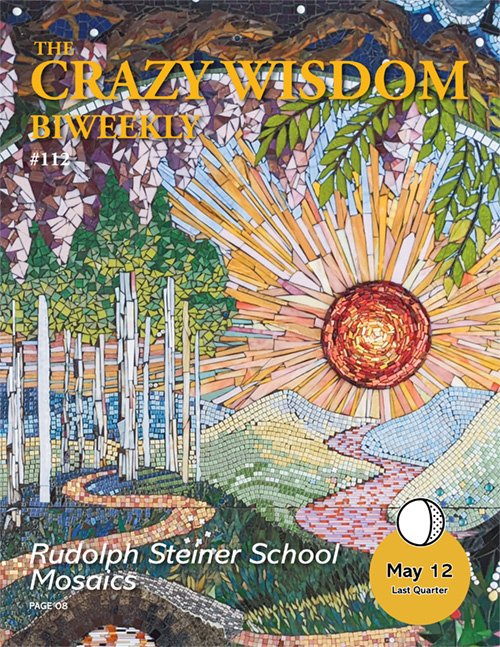

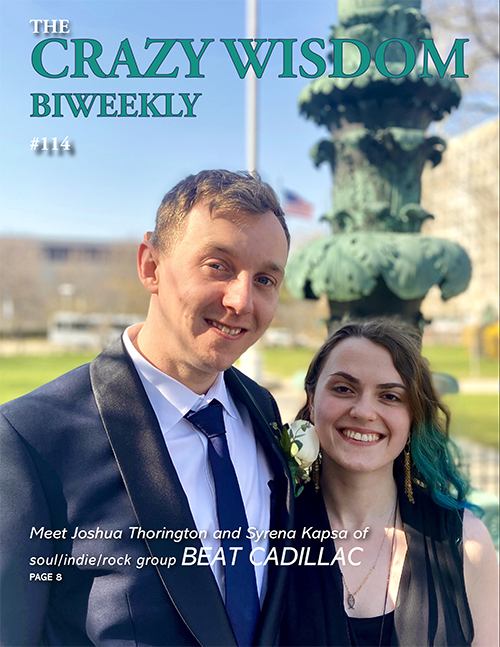

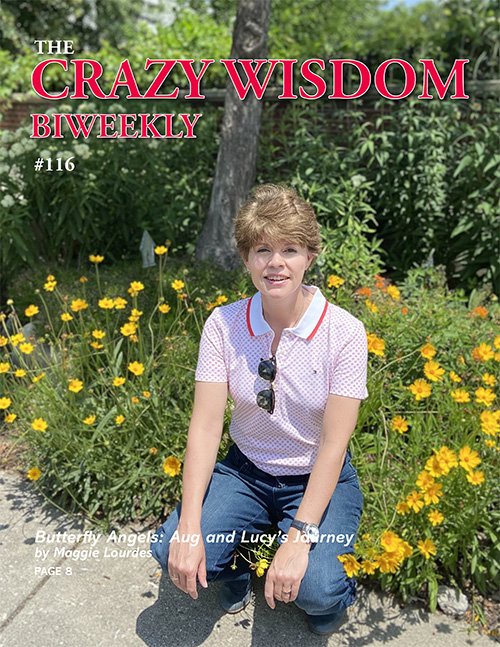
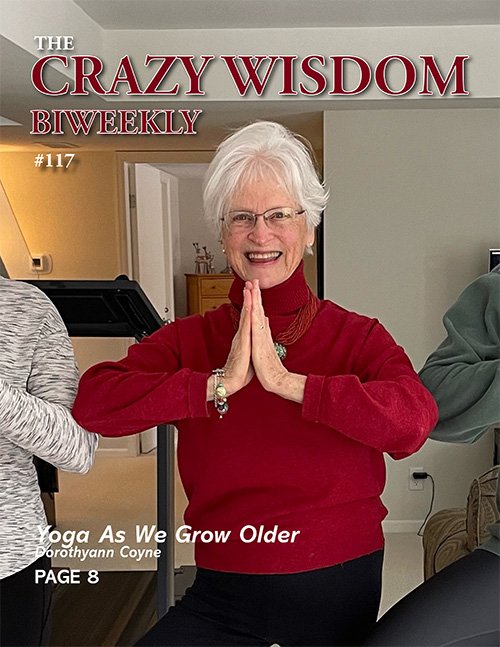
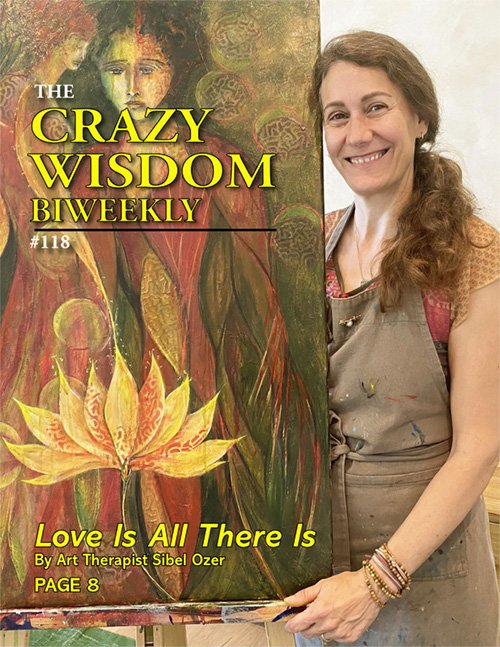
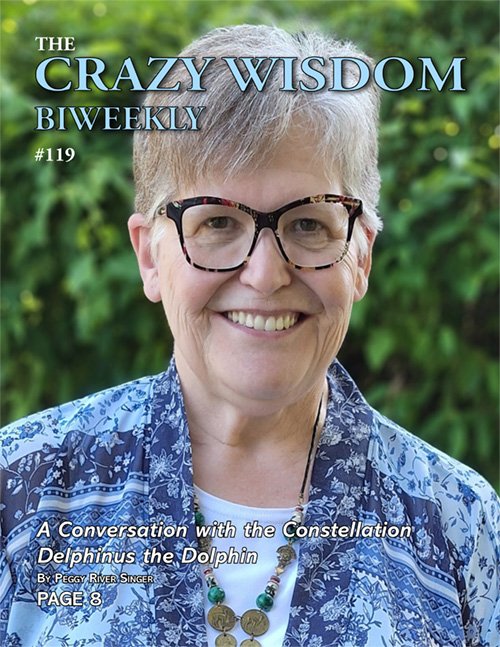


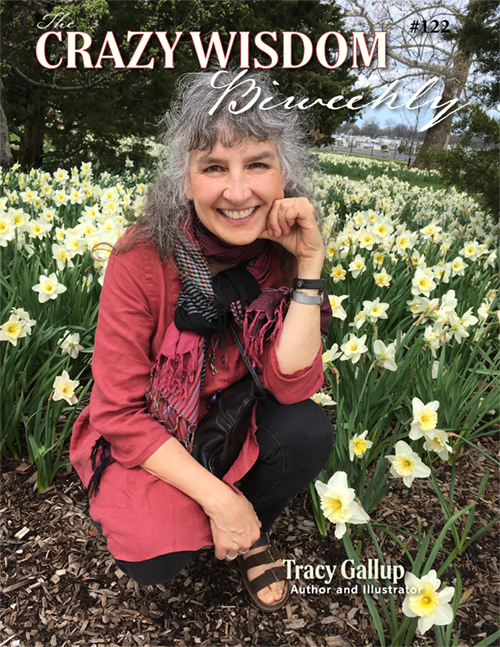
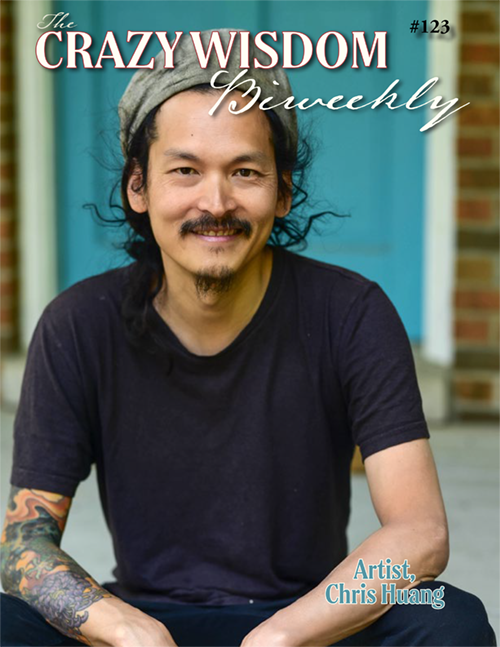



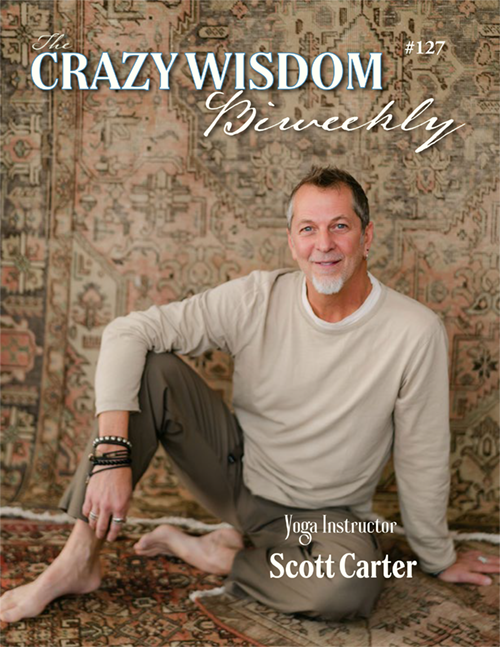

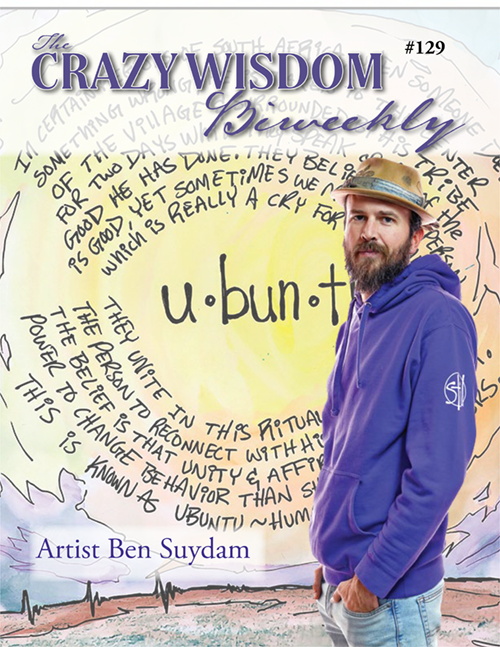
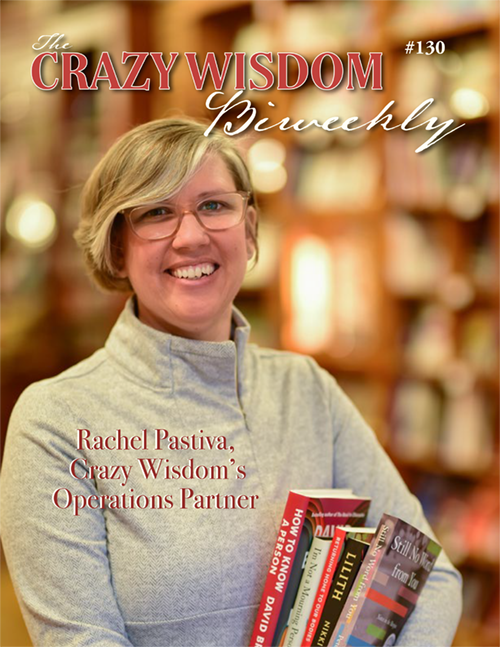





















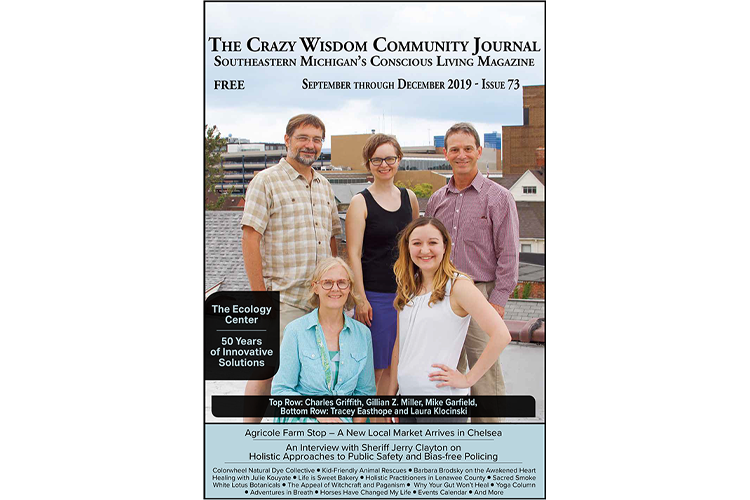
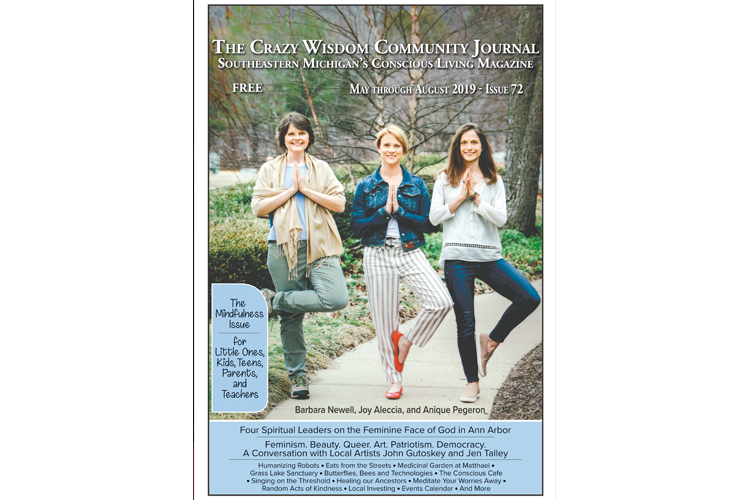
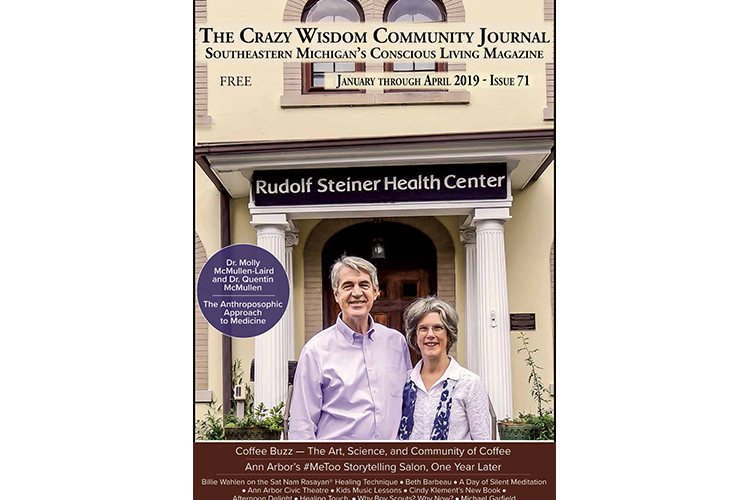
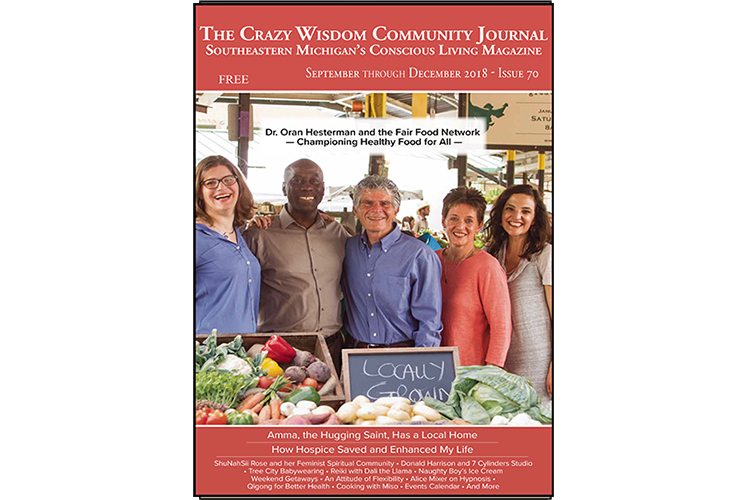
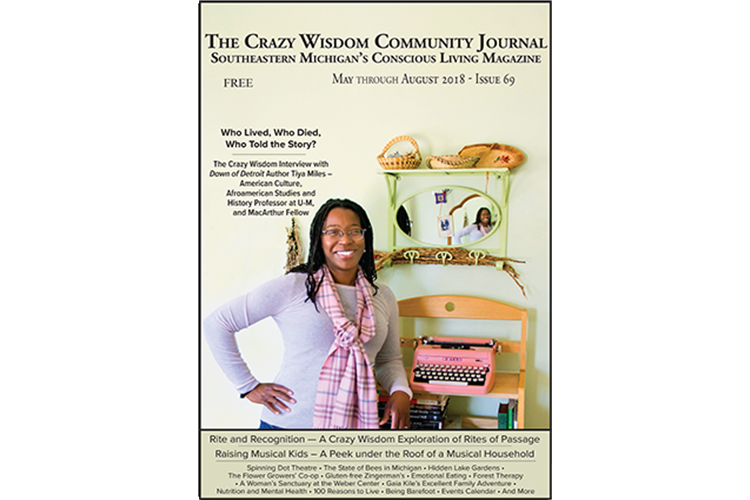

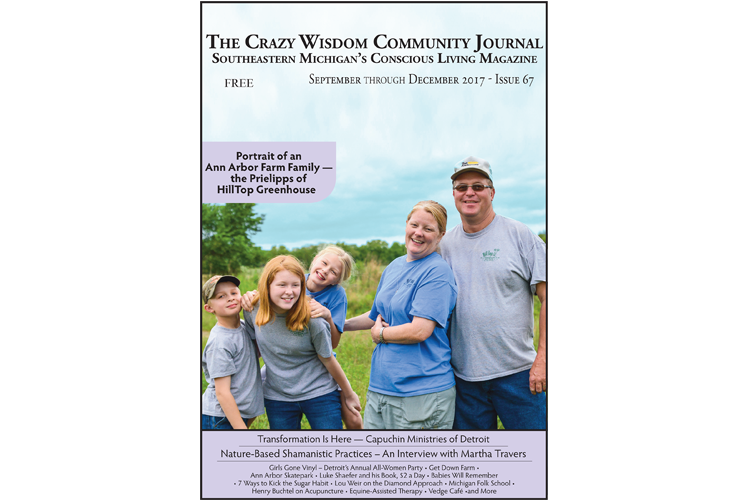
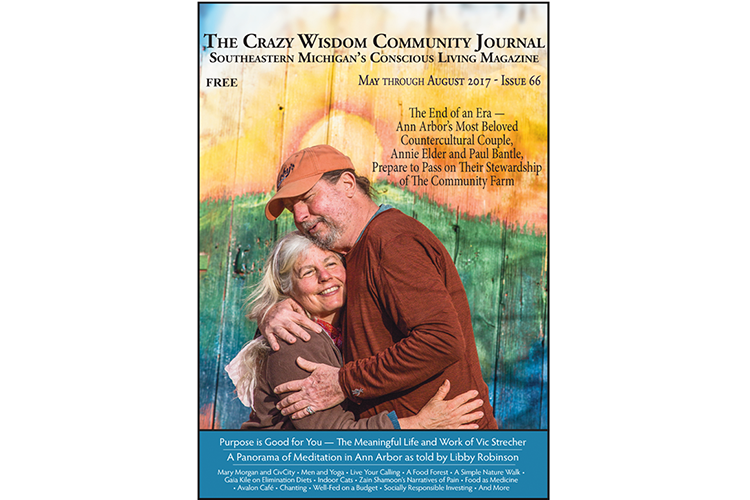
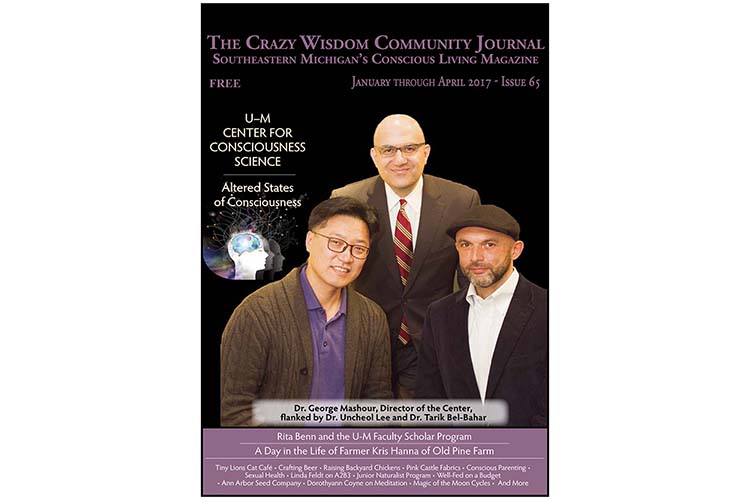
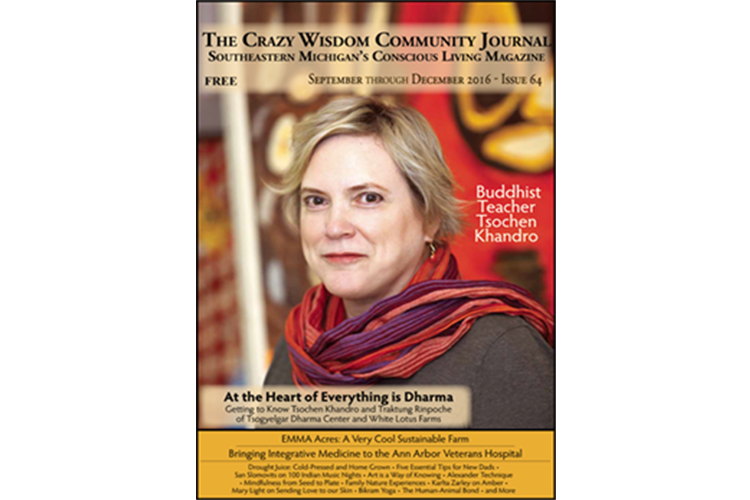
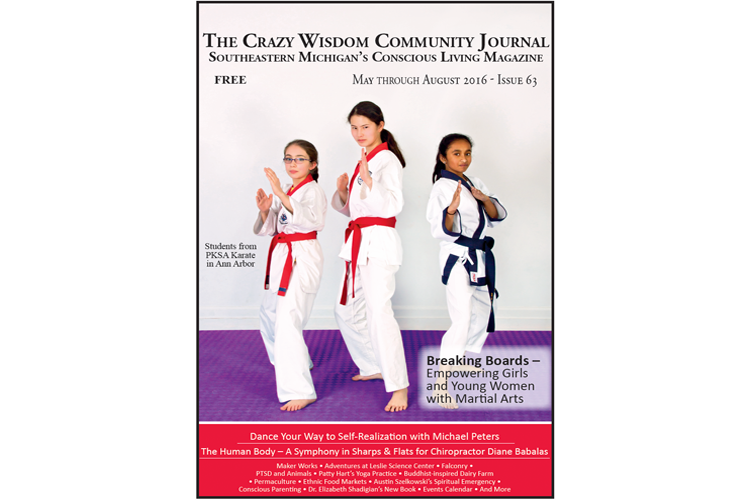
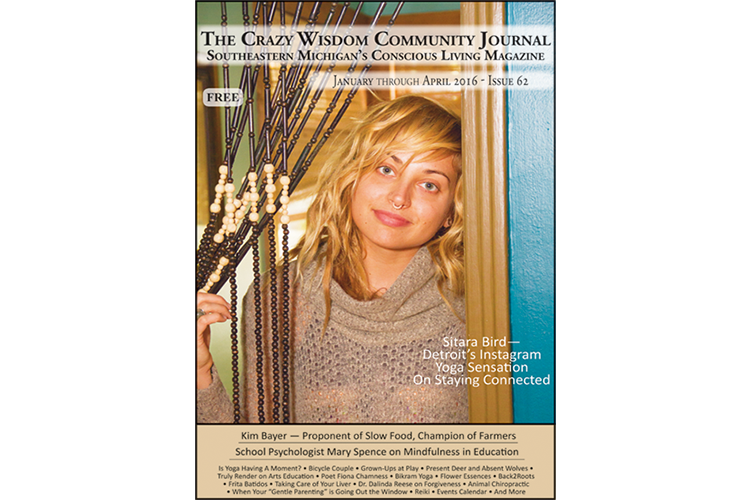




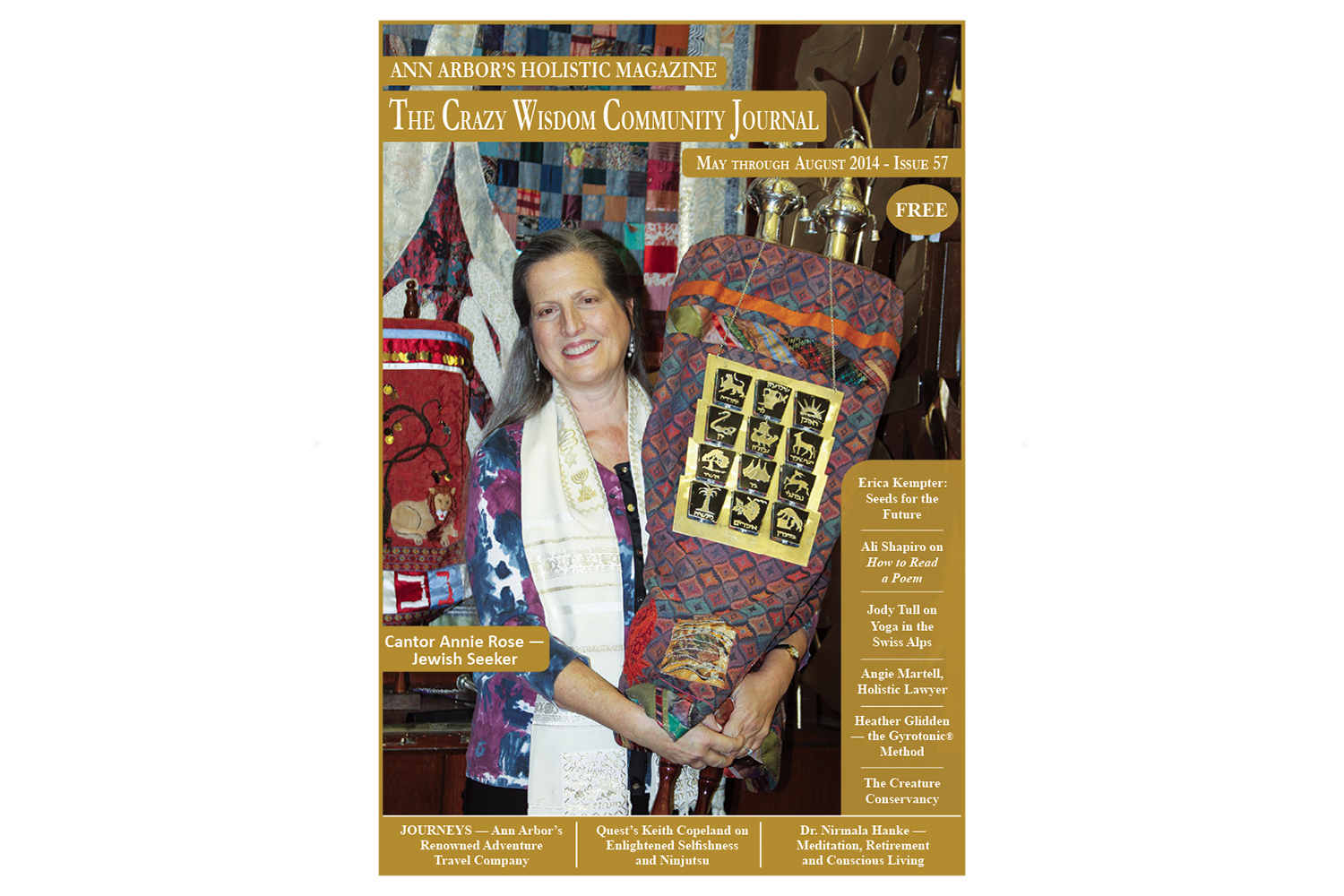
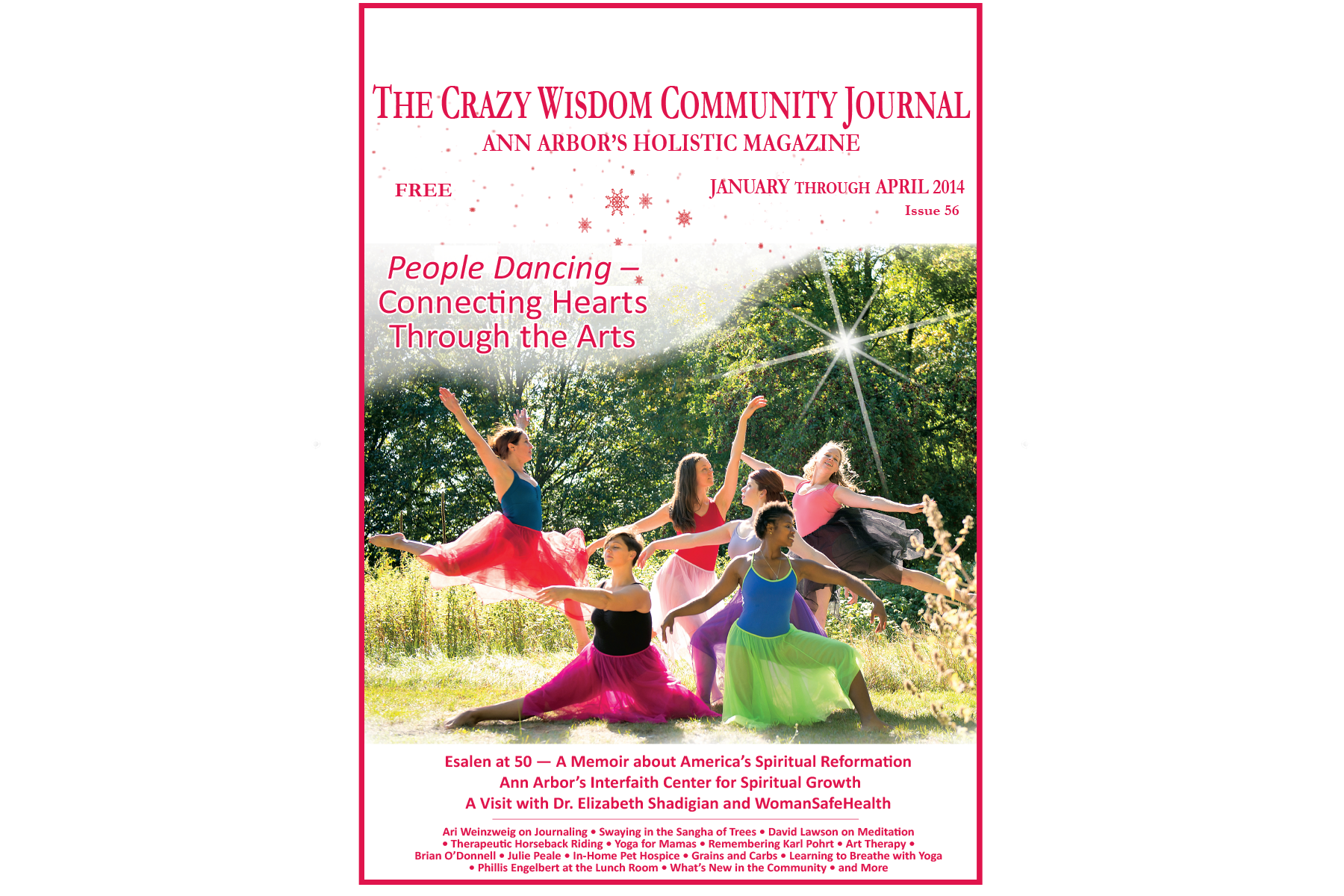

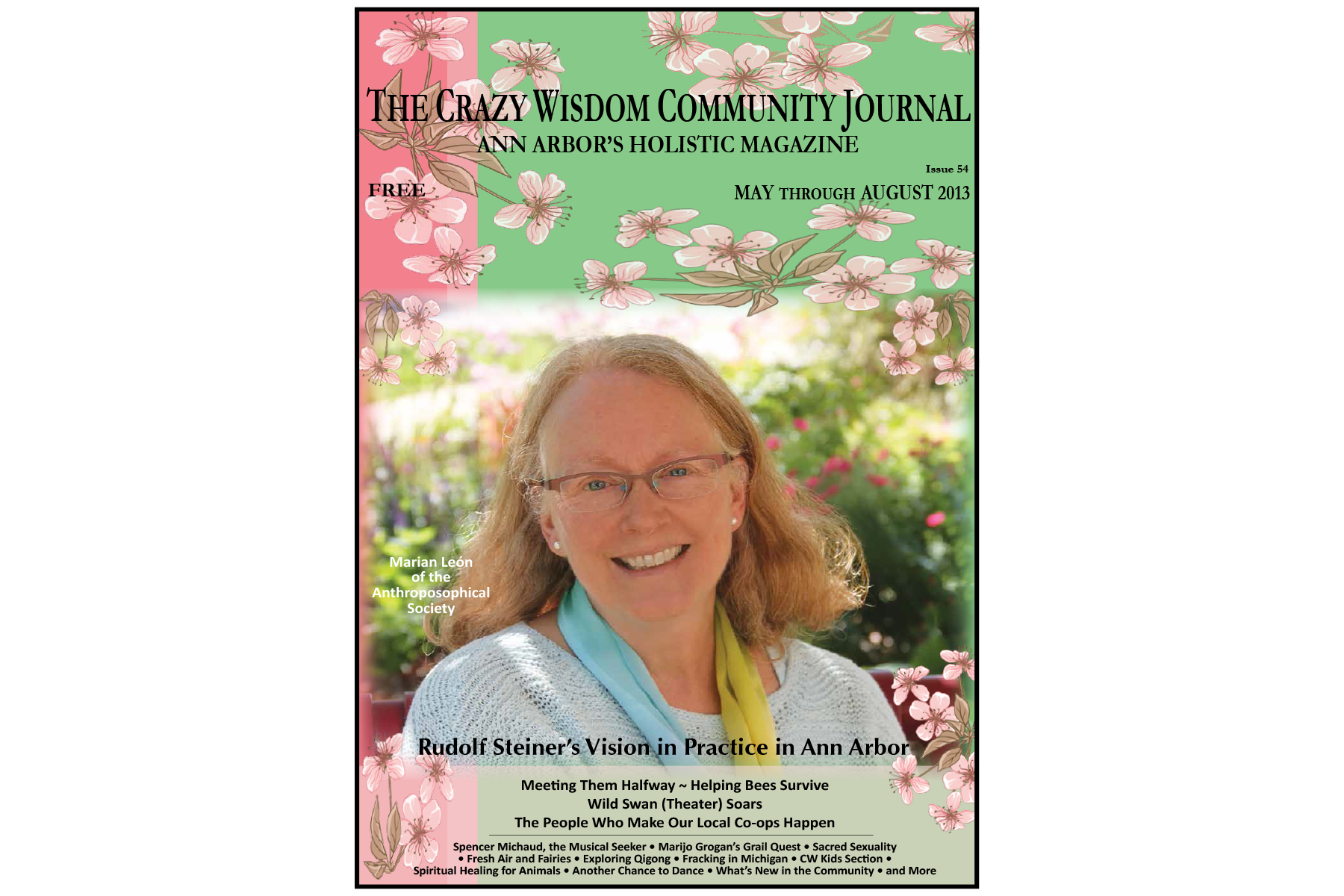
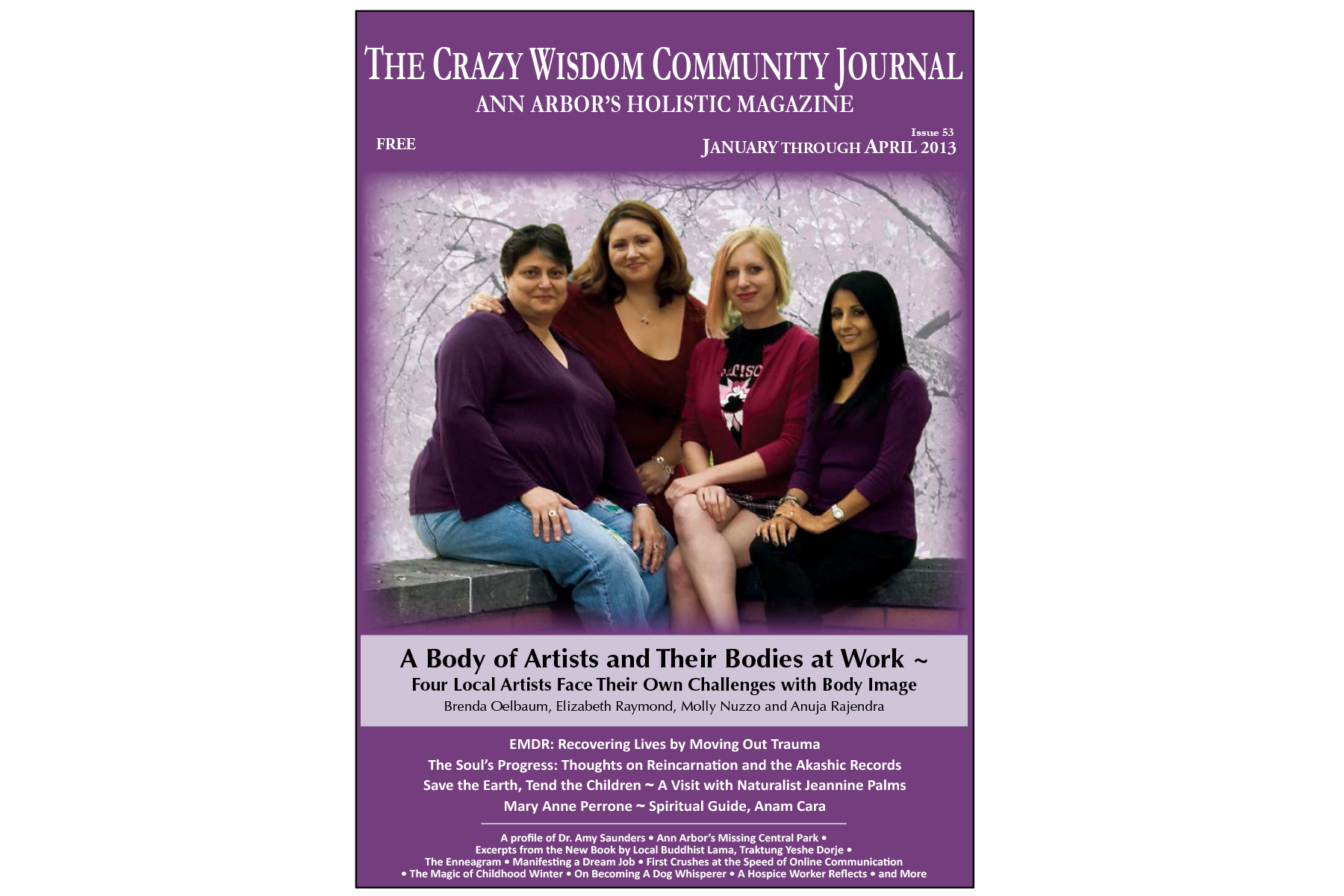
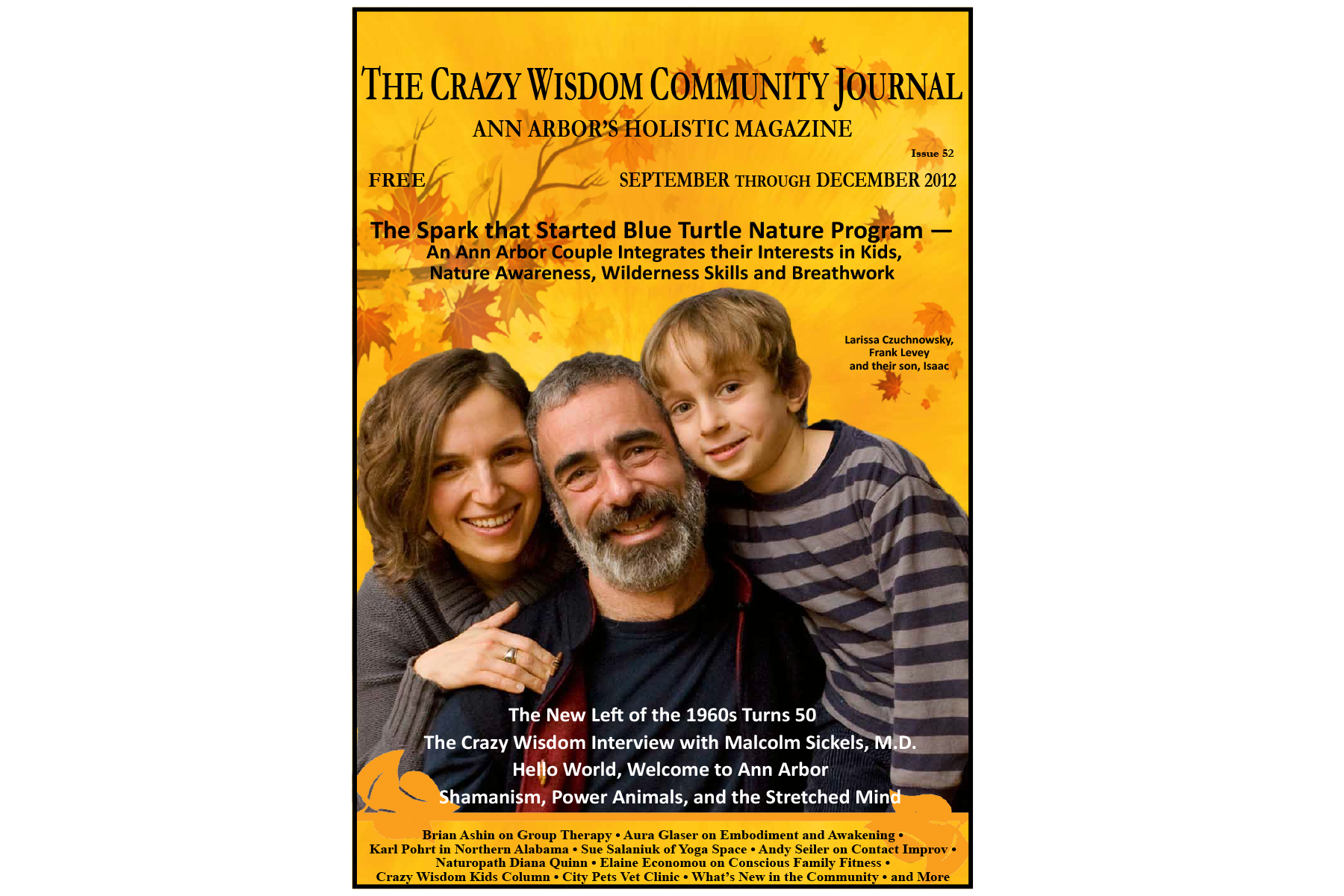
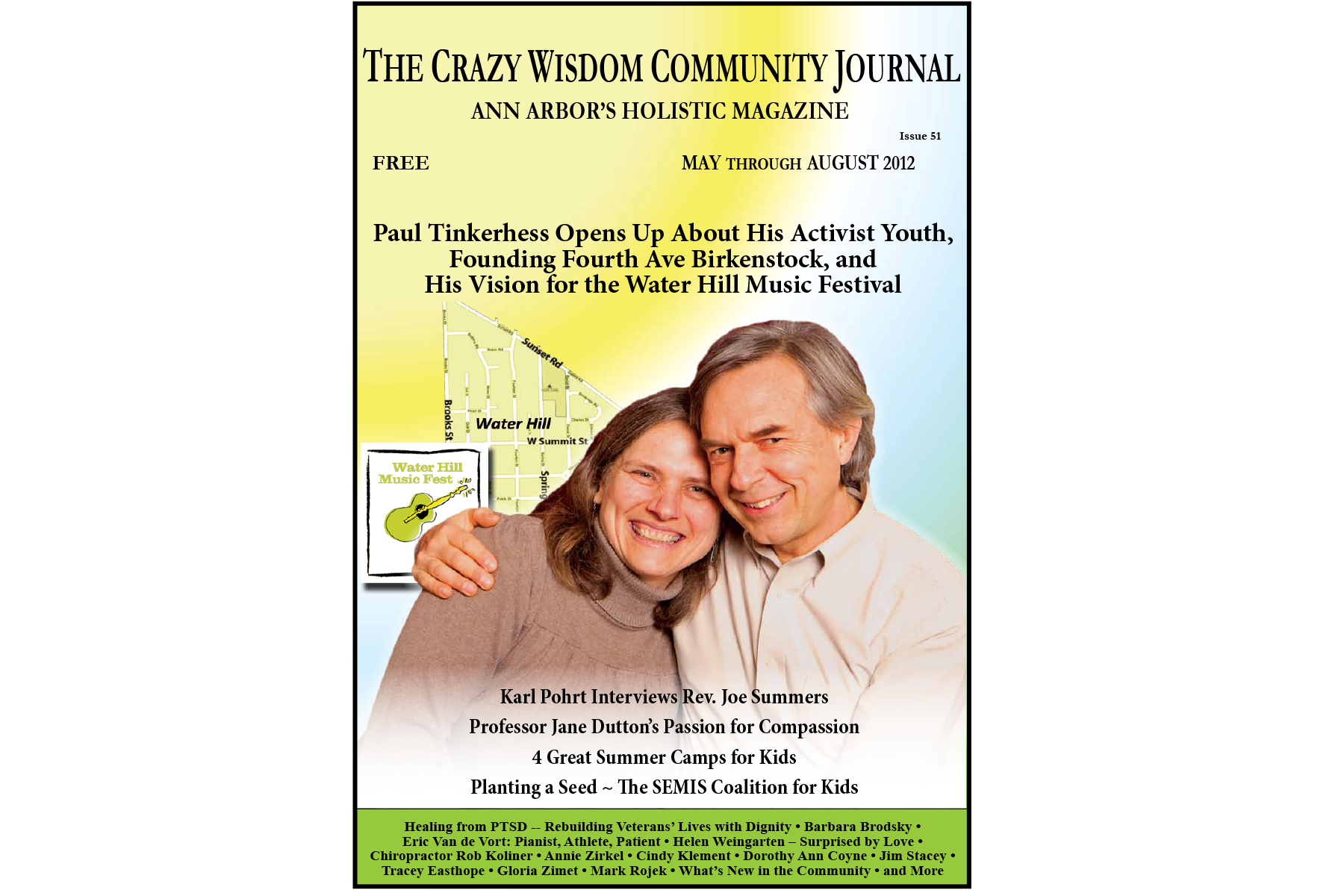


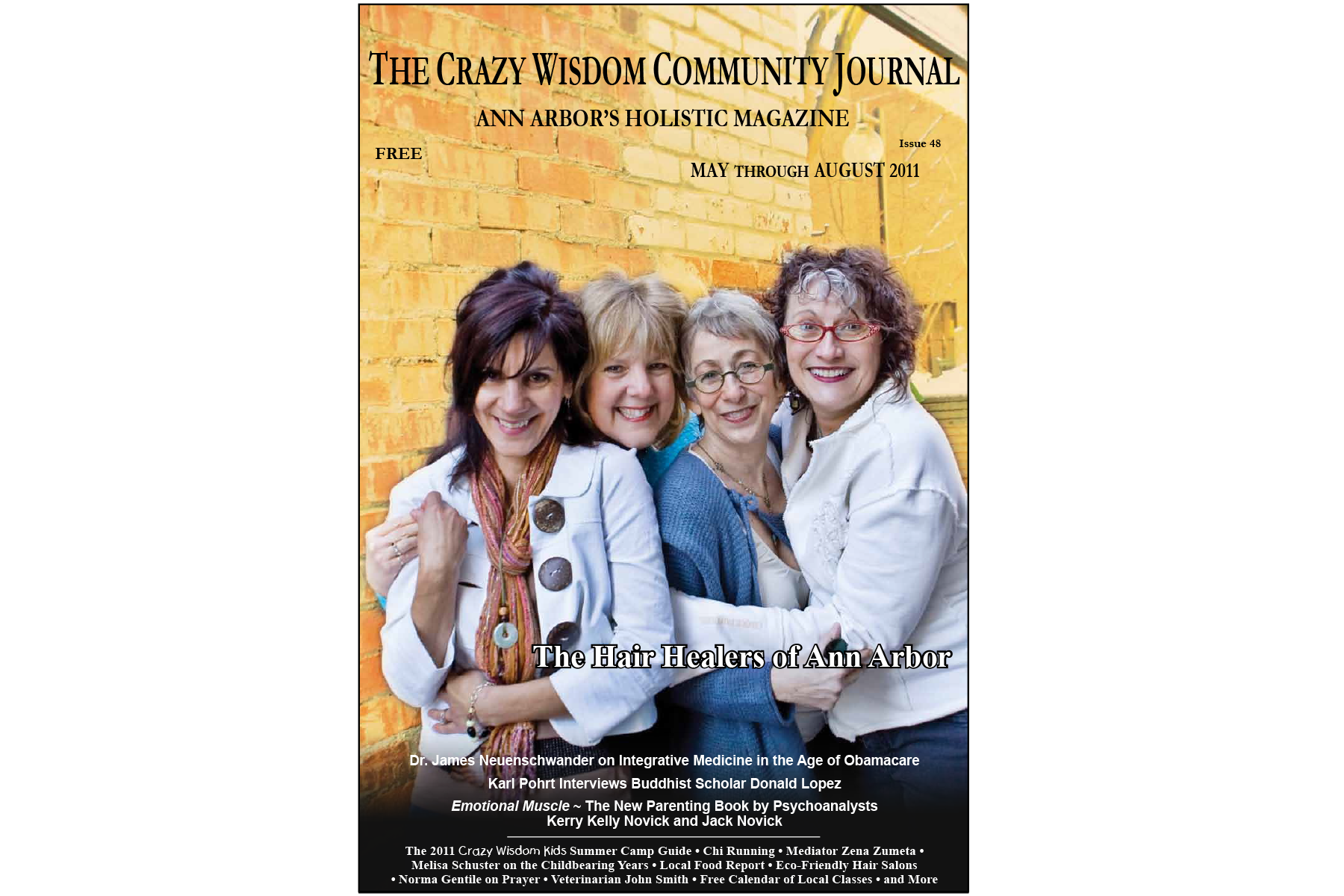

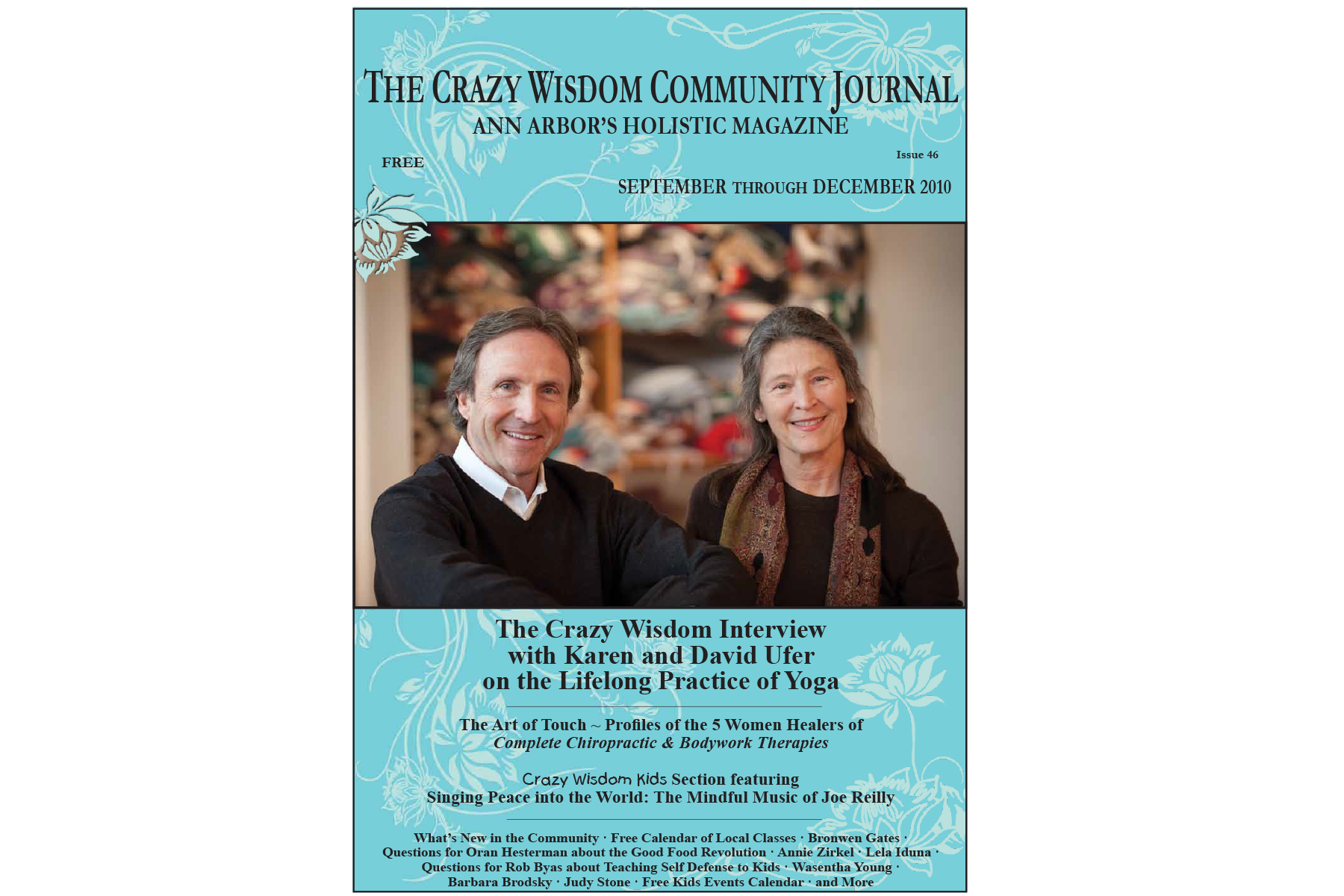
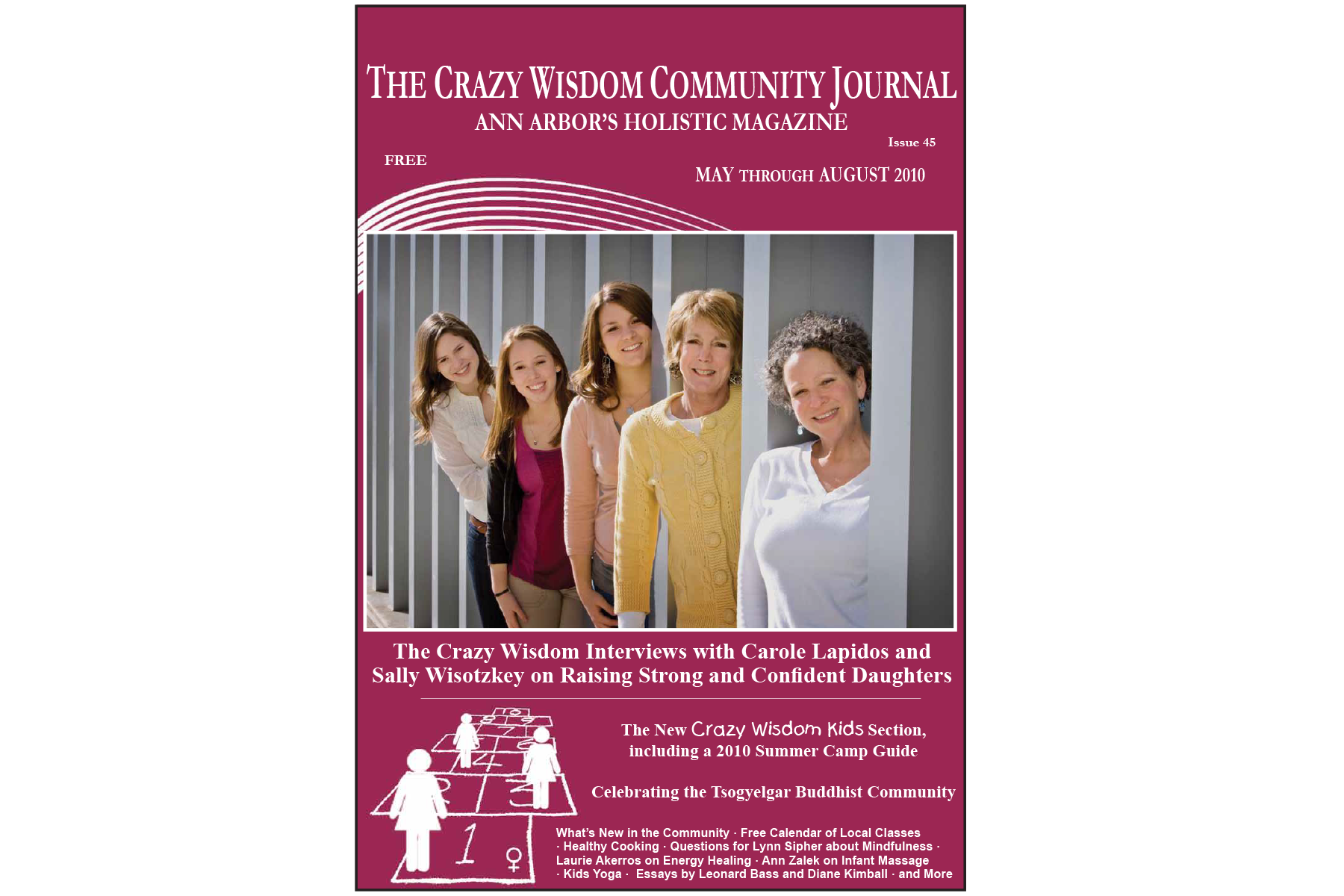
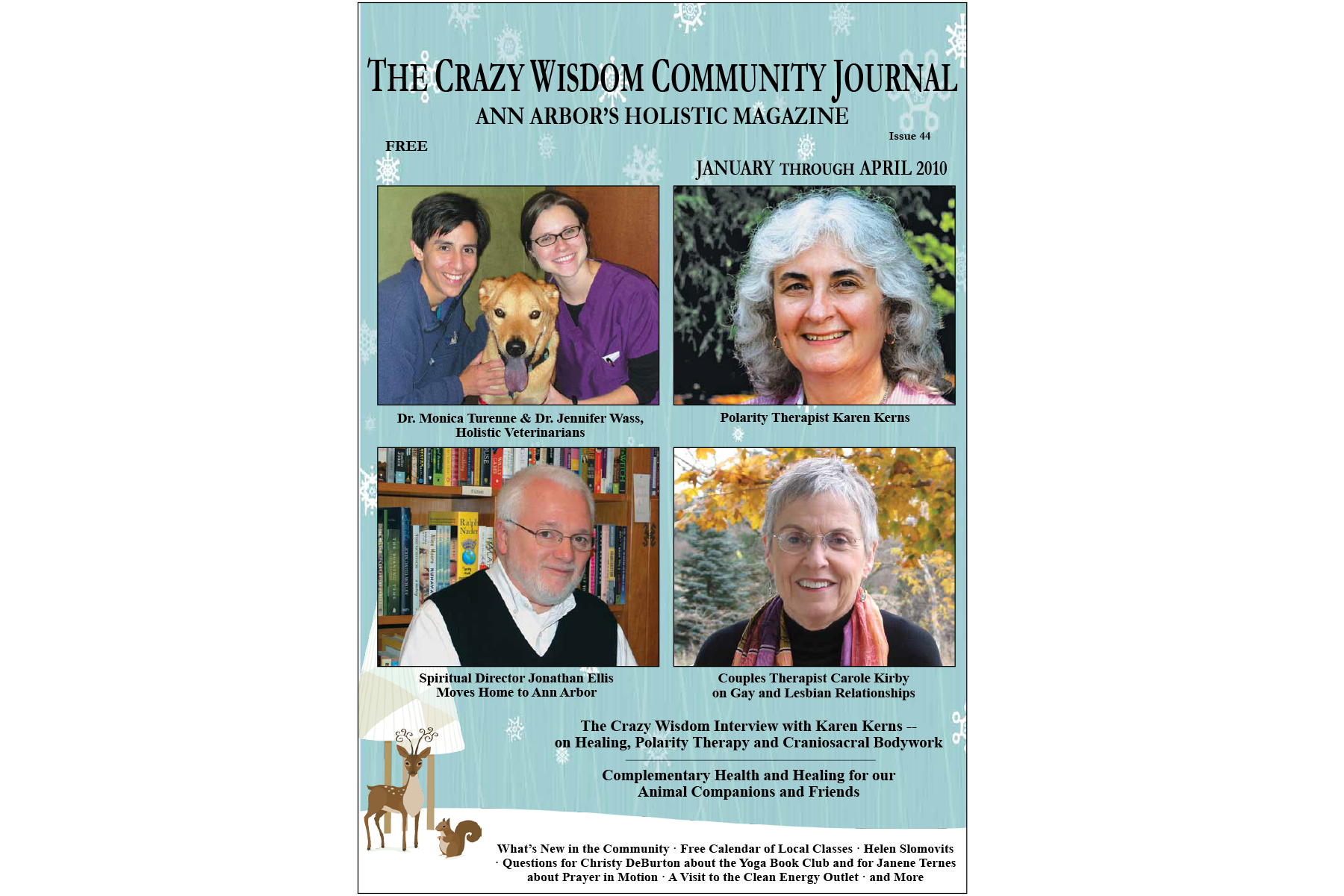



We have all seen the brightly painted portico and cheerful murals on the impressive brick building downtown Ann Arbor and wondered, “What is this place?” The Neutral Zone was founded in 1998 by teens, and for teens, with a simple yet profound mission: to create a safe space for youth in Ann Arbor. Simple, maybe, but not static.